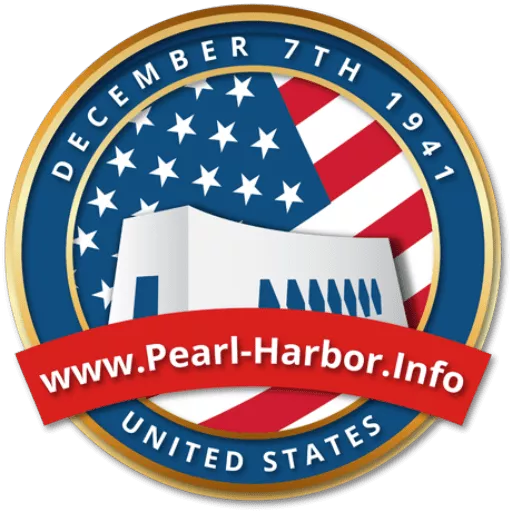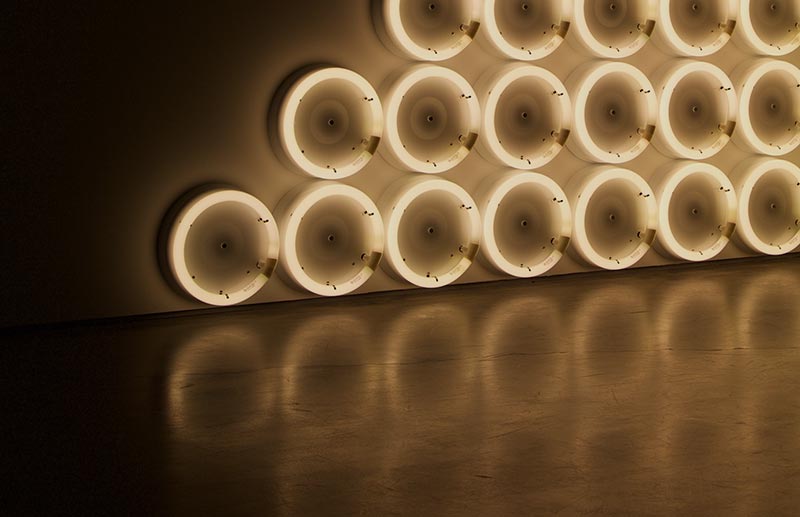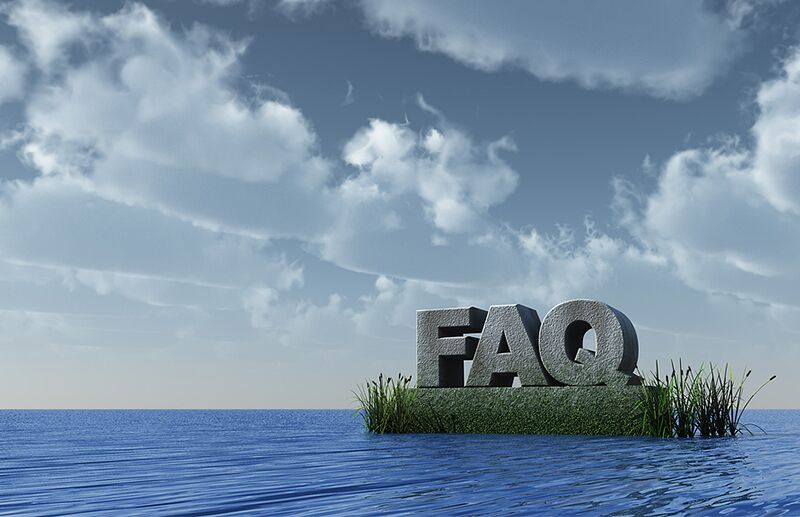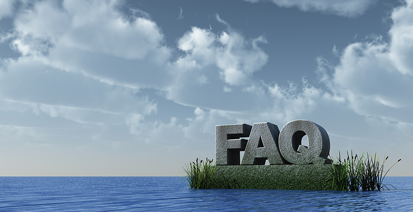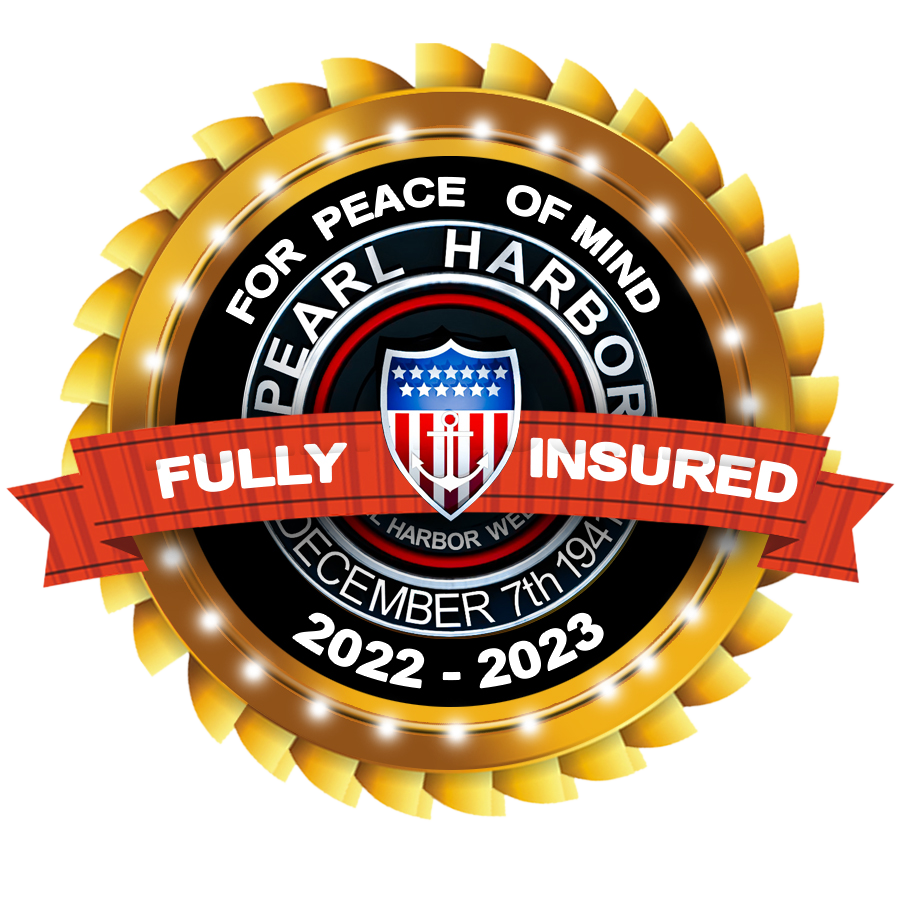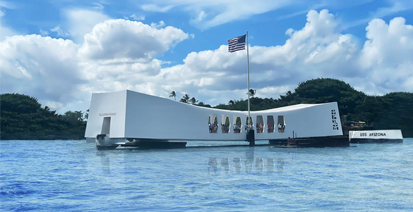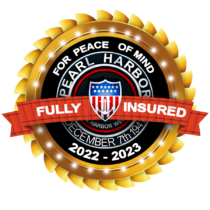Pearl Harbor Interesting And Fun Facts
1. The Pearl Harbor Visitor Center was built on reclaimed land from Pearl Harbor Bay, and the theaters and sideways have been sinking a little each year.
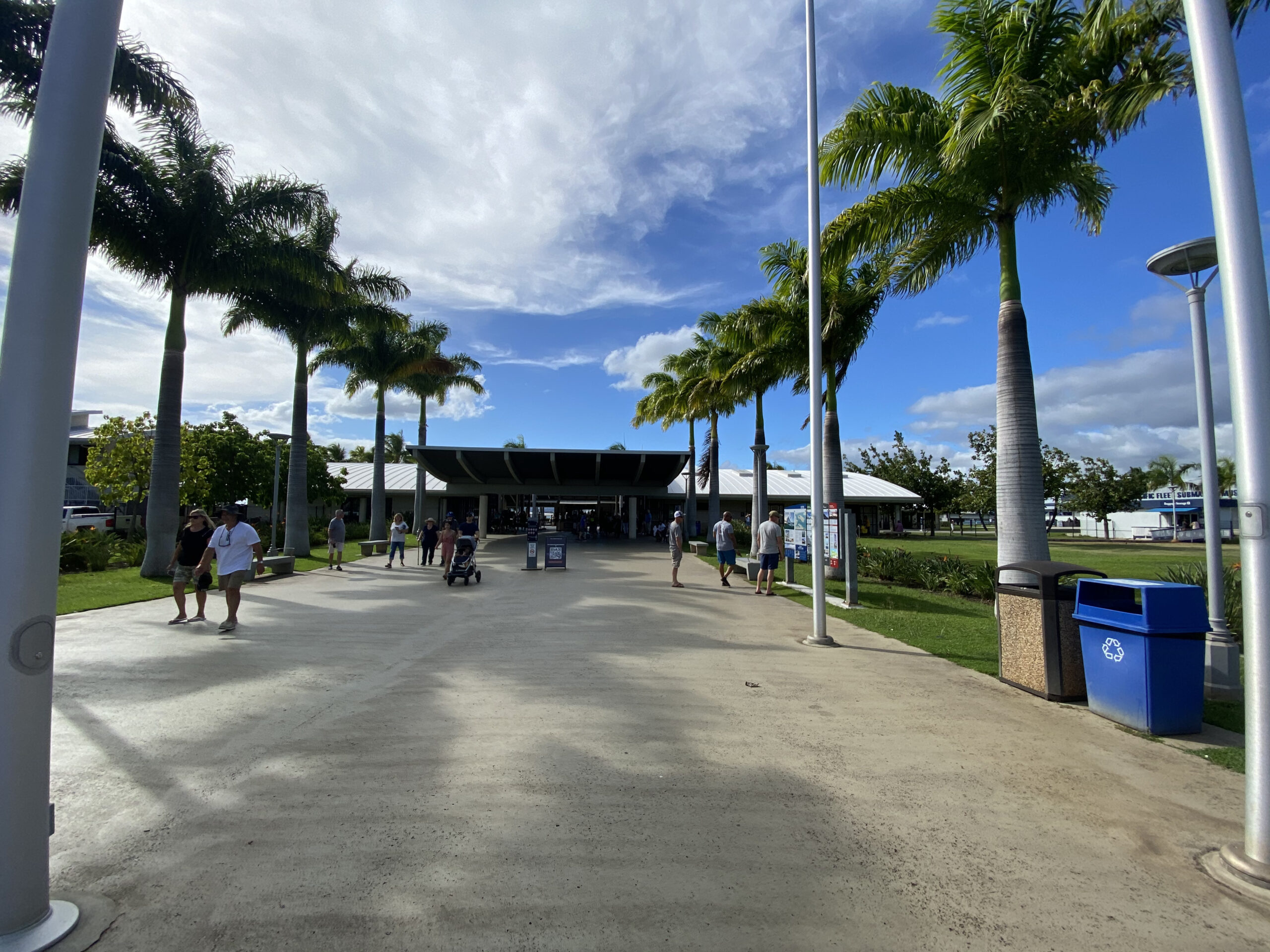
The Entrance to the Pearl Harbor National Memorial Visitor Center. The Pearl Harbor Visitor Center is located at 1 Arizona Memorial Place and is open 7 days a week.
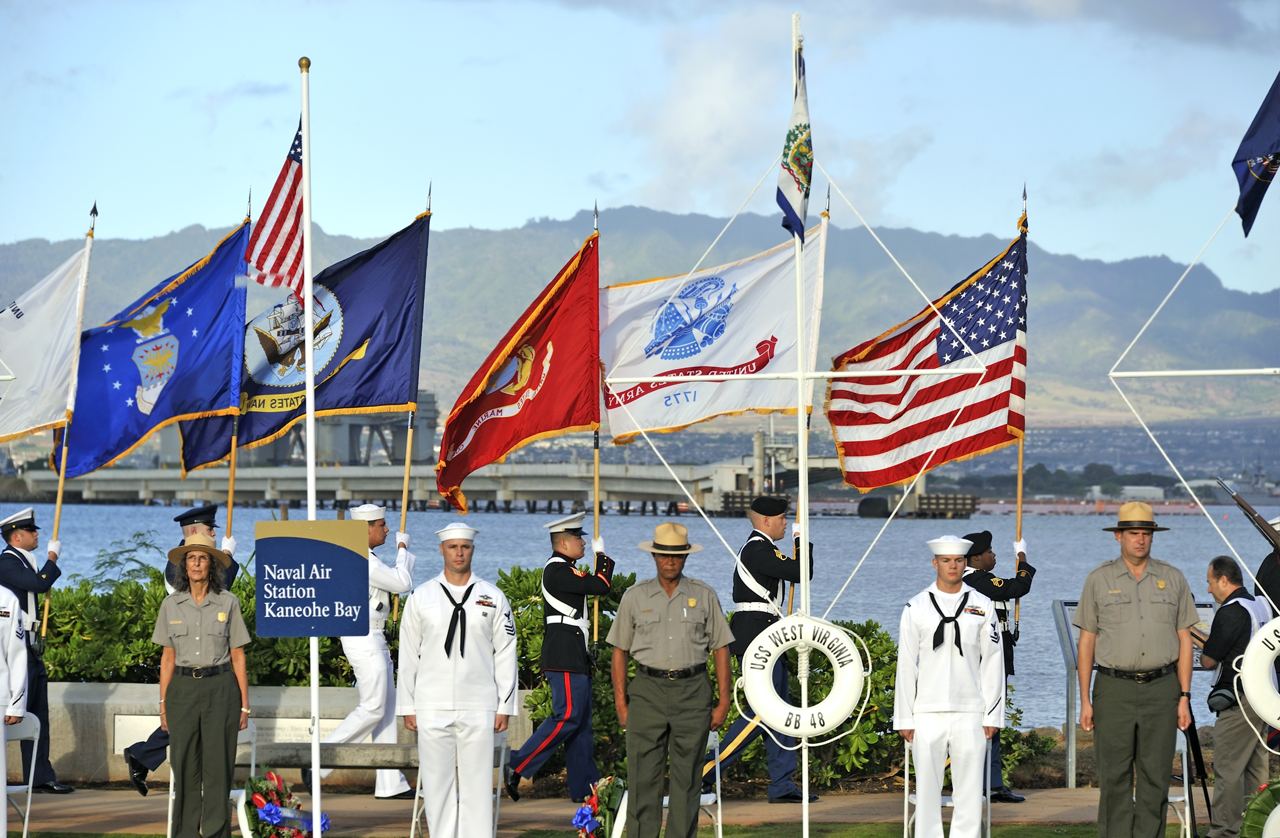
National Park Service Rangers and US Military personnel taking part in a December 7 commemoration ceremony. There are commemoration ceremonies at all of the Pearl Harbor Historic Sites. While efforts were made to keep the Pearl Harbor Historic Sites and the Arizona Memorial open during Government shutdowns, there were times when Pearl Harbor was entirely closed.
2. One of the best days to come to Pearl Harbor is on Dec 7th, this day has the most activities for visitors to experience, yet it’s one of the slowest days of the year because tour buses are not allowed at Pearl Harbor Visitor Center until the afternoon period.
3. Pearl Harbor Aviation Museum is the only Aviation Museum in the country on an actual WWII battleground.
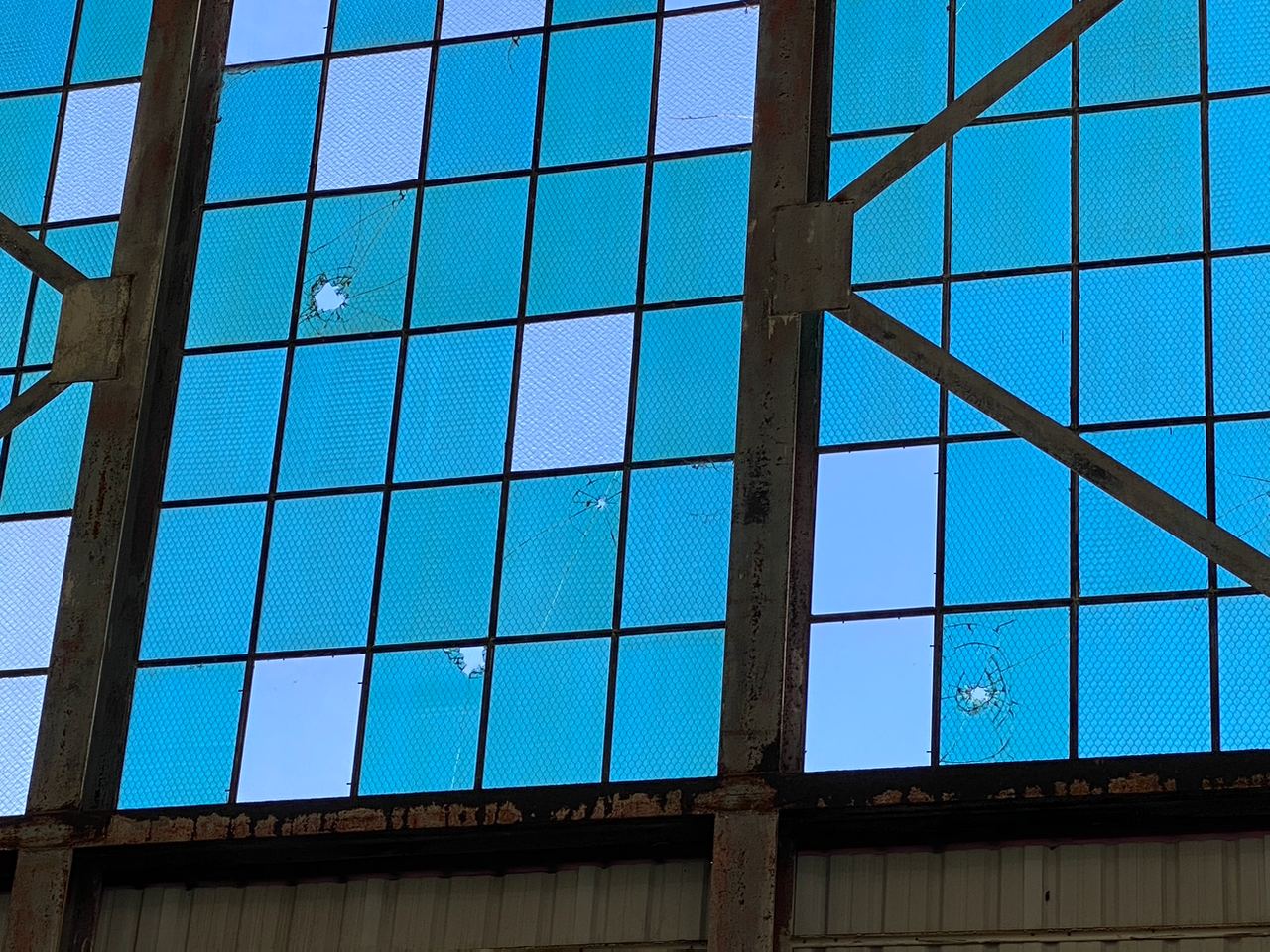
Bullet damage on Hangar 79 at the Pearl Harbor Aviation Museum. Evidence of the Japanese attack on December 7, 1941, remains to this day.
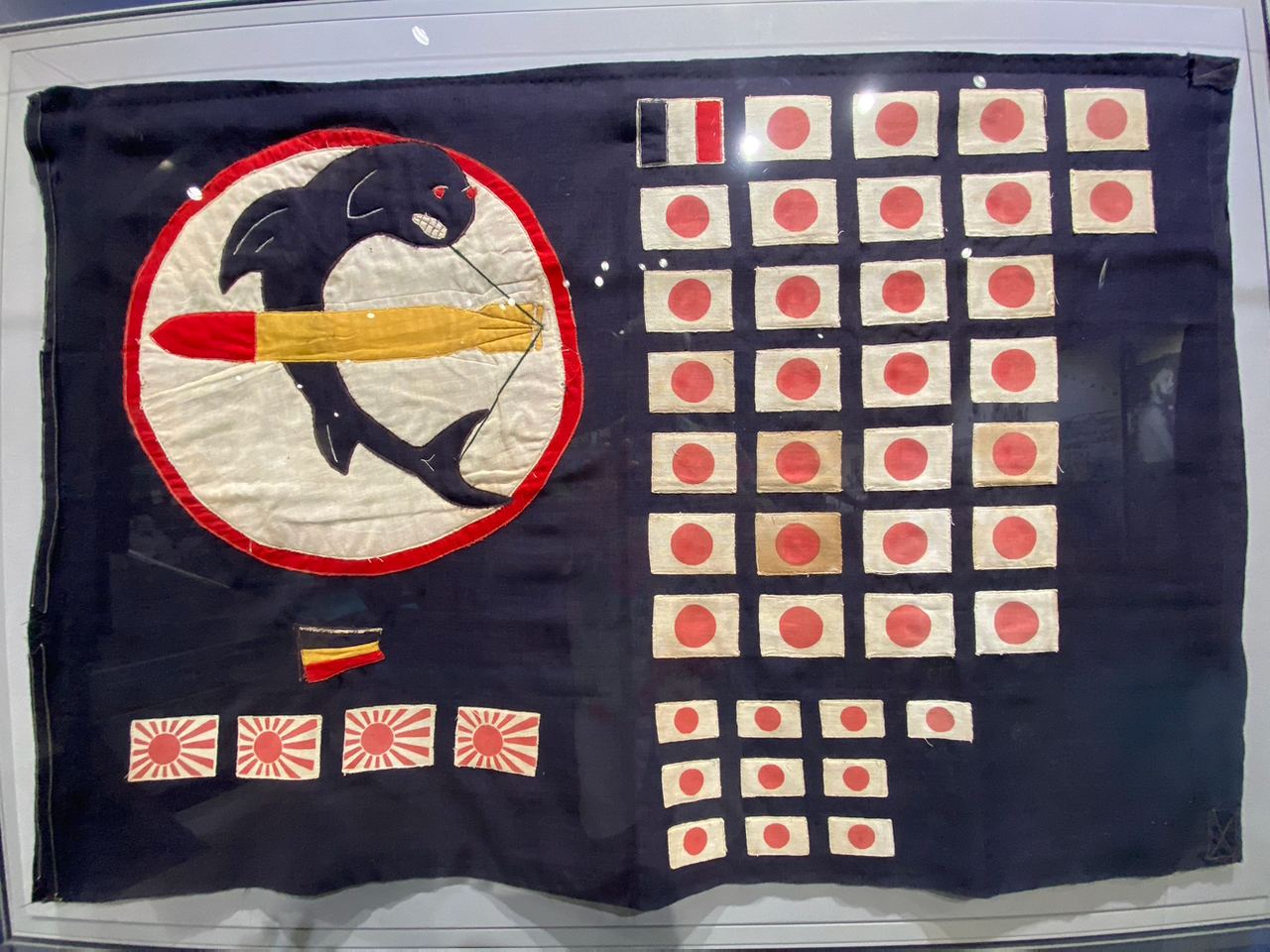
A battle flag of the USS Bowfin submarine. Such flags were unofficial and usually made by the submarine’s crew. The USS Bowfin has more than one battle flag.
4. The USS Bowfin is the only submarine in World War II to have a patch on its ship’s battle flag that shows a pier and a bus. The USS Bowfin shot a torpedo at a freighter. While the ship was unloading its cargo in a harbor, the torpedo went under the boat, blew up the pier, and the bus sank in the water. The Bowfin crew added this patch to the other, showing 44 ships it sunk on its nine war patrols.
5. Pearl Harbor Aviation Museum is known in Hawaii for being haunted and featured on many TV programs.

A Japanese A6m2 Model 21 carrier fighter, also known as the “Zero” in the collection of the Pearl Harbor Aviation Museum.
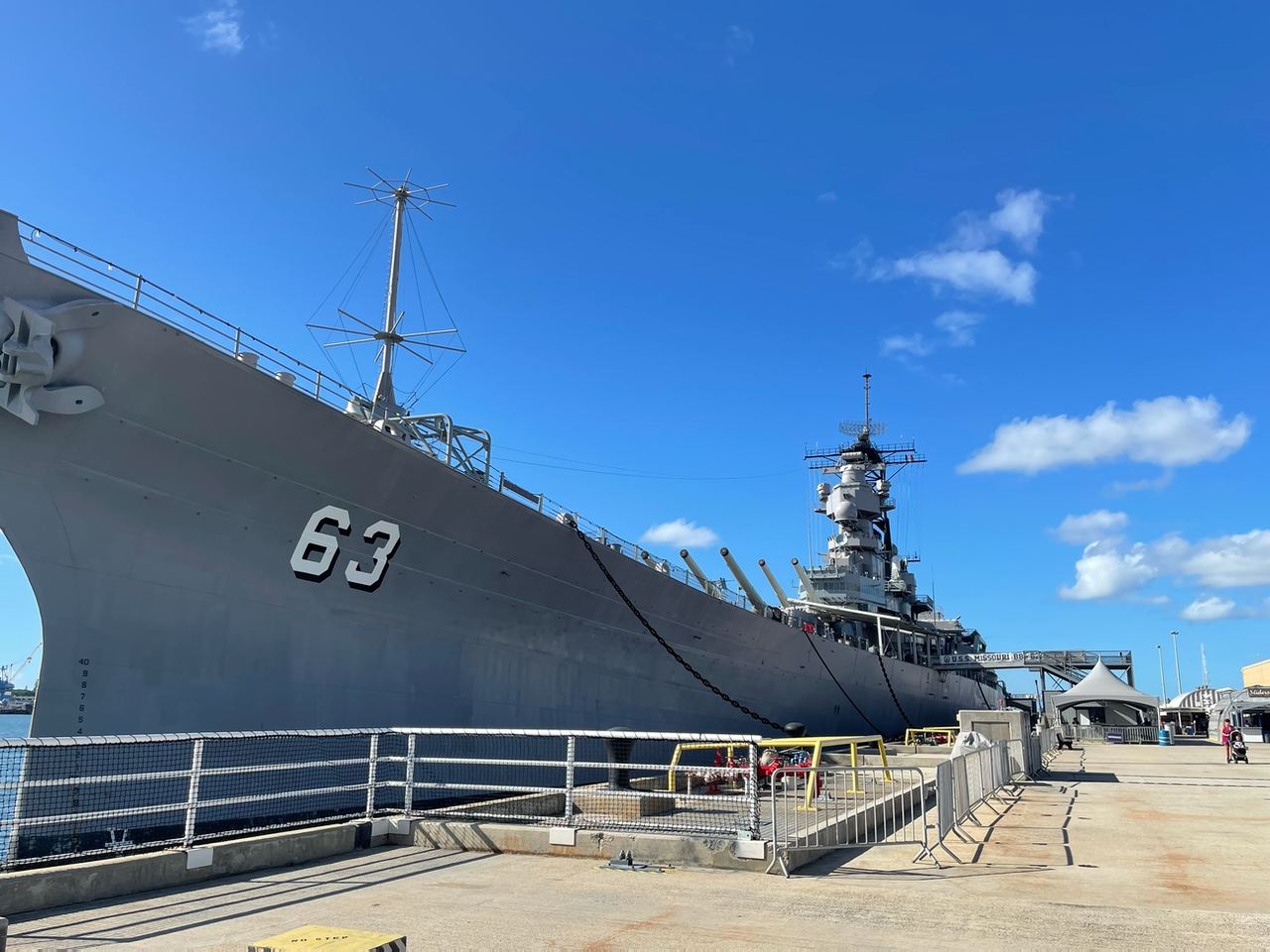
This image was taken off the port bow of the USS Missouri battleship. This picture gives a good impression of the size of the USS Missouri battleship.
6. The USS Missouri fought in WWII, the Korean War, and the Gulf War but did not participate in the Vietnam War.
7. In the Attack Museum in the Pearl Harbor Visitor Center, look on the floor in the center of the Museum; there, you will discover a drawing of the actual size of the Japanese torpedo used to sink the ships on Battleship Row.
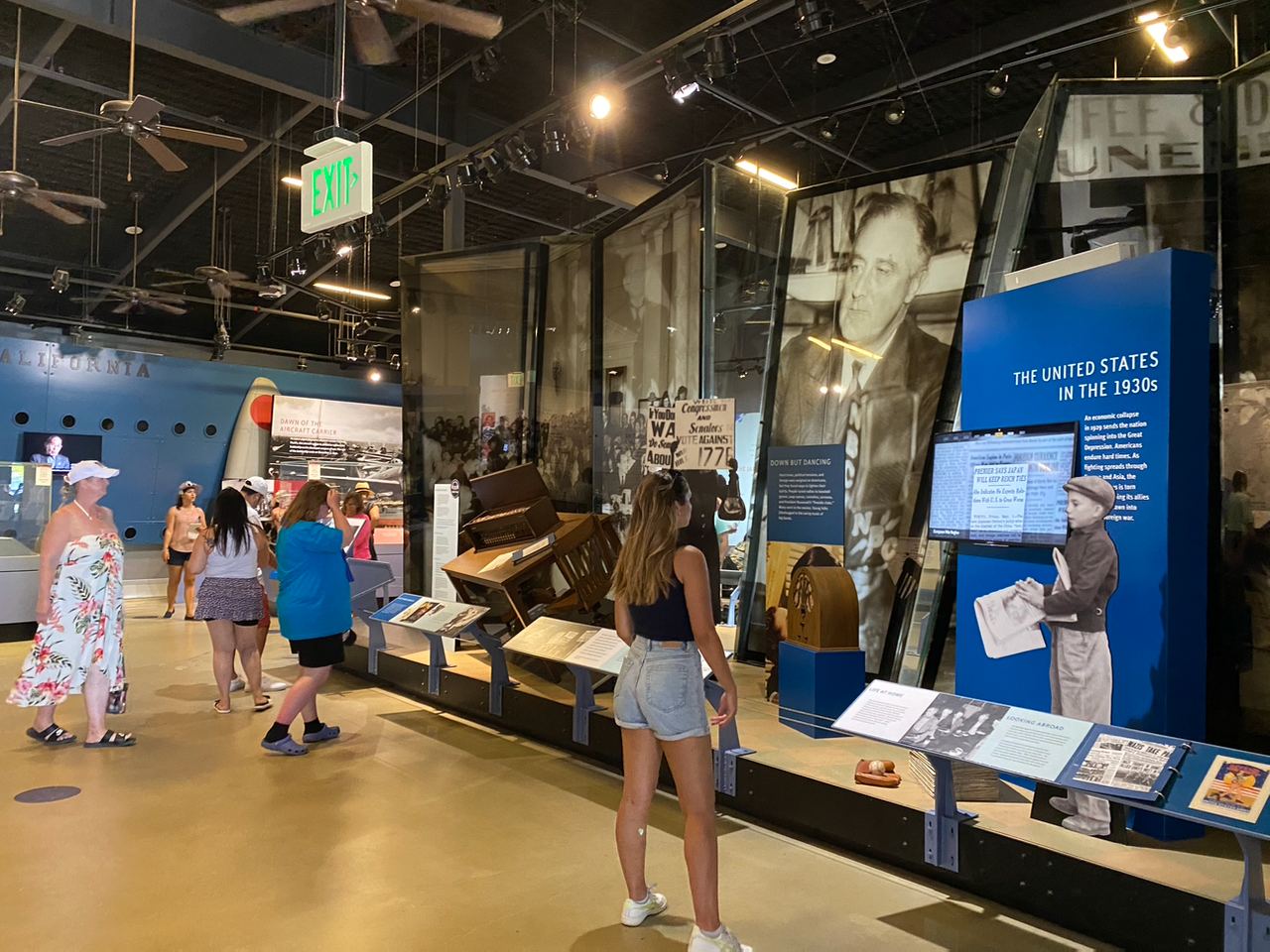
An image from the inside of the “Attack” museum which is a part of the Arizona Memorial experience. The museums “Road to War” and “Attack” are an essential part of understanding the history of Pearl Harbor.
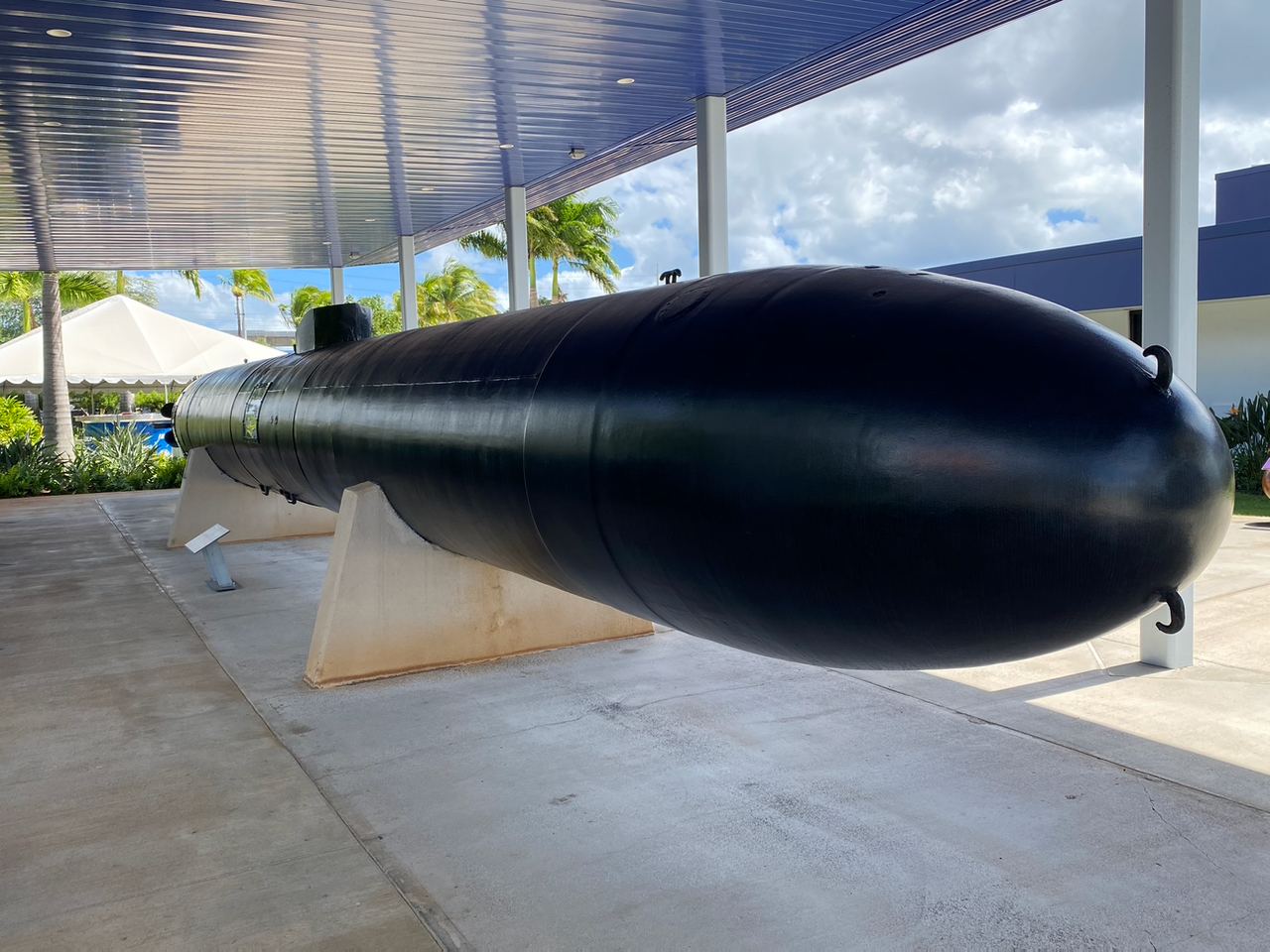
A Kaiten suicide torpedo is on display as part of an outdoor exhibit at the USS Bowfin Submarine museum and park. In addition to the Kaiten, there are many other outdoor exhibits on display at Bowfin Park.
8. On the lawn outside the USS Bowfin Museum, you will discover the only authentic KAITEN -a Japanese manned suicide torpedo on display in the United States. The Japanese built hundreds of these Kaitens in WWII, fearing the US invasion of mainland Japan.
9. Sadako Sasaki’s family gave the National Park Service one of the few remaining peace paper cranes folded by Sadako. At the ceremony, a Japanese pilot that had participated in the bombing of Pearl Harbor and a USS Arizona Survivor shook hands on stage. That was one of the highlights of the ceremony.
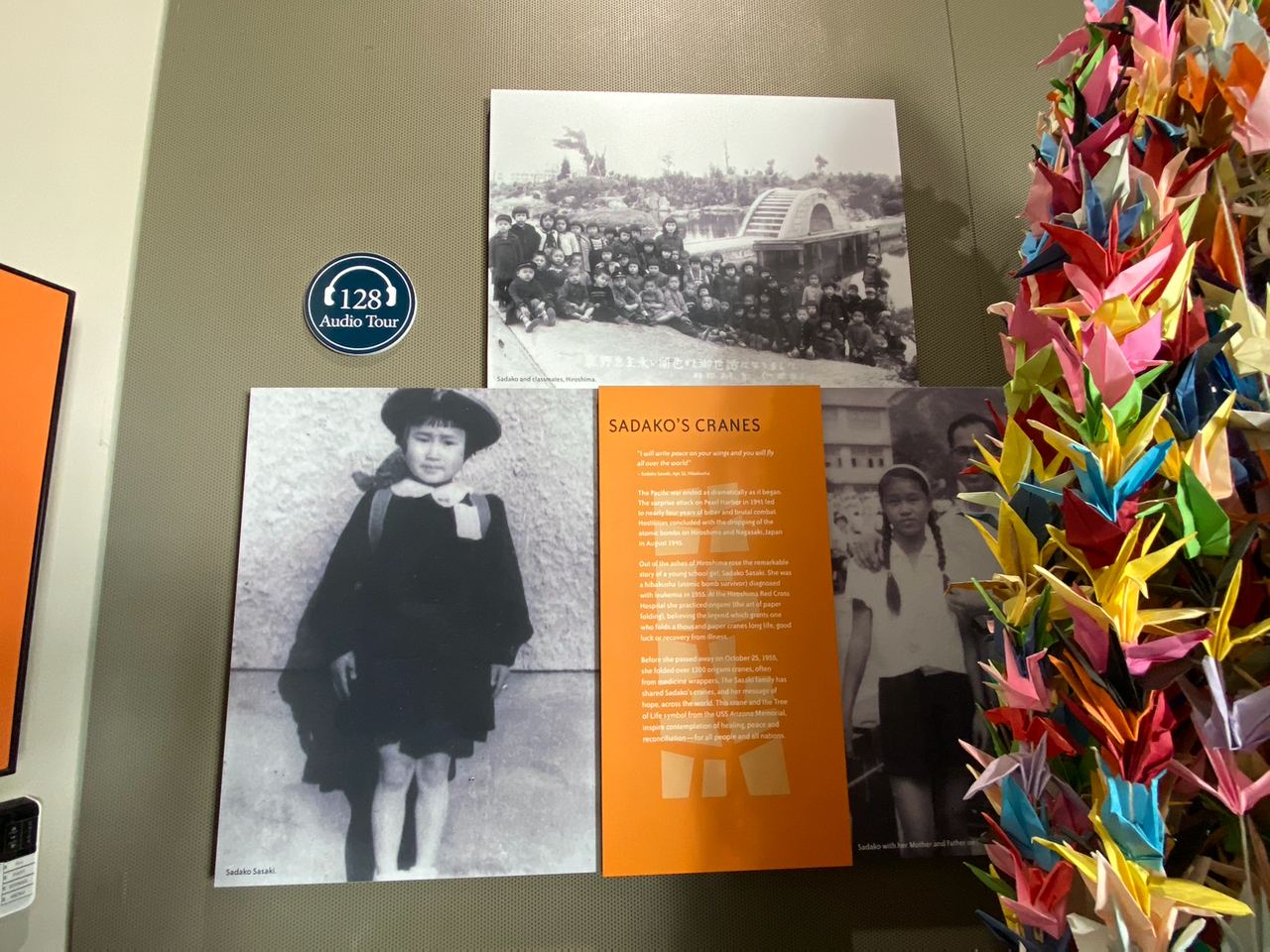
A view of the Sadako Sasaki exhibit in the “Attack” museum at the Pearl Harbor Visitor Center. This exhibit is part of an effort to foster world peace.
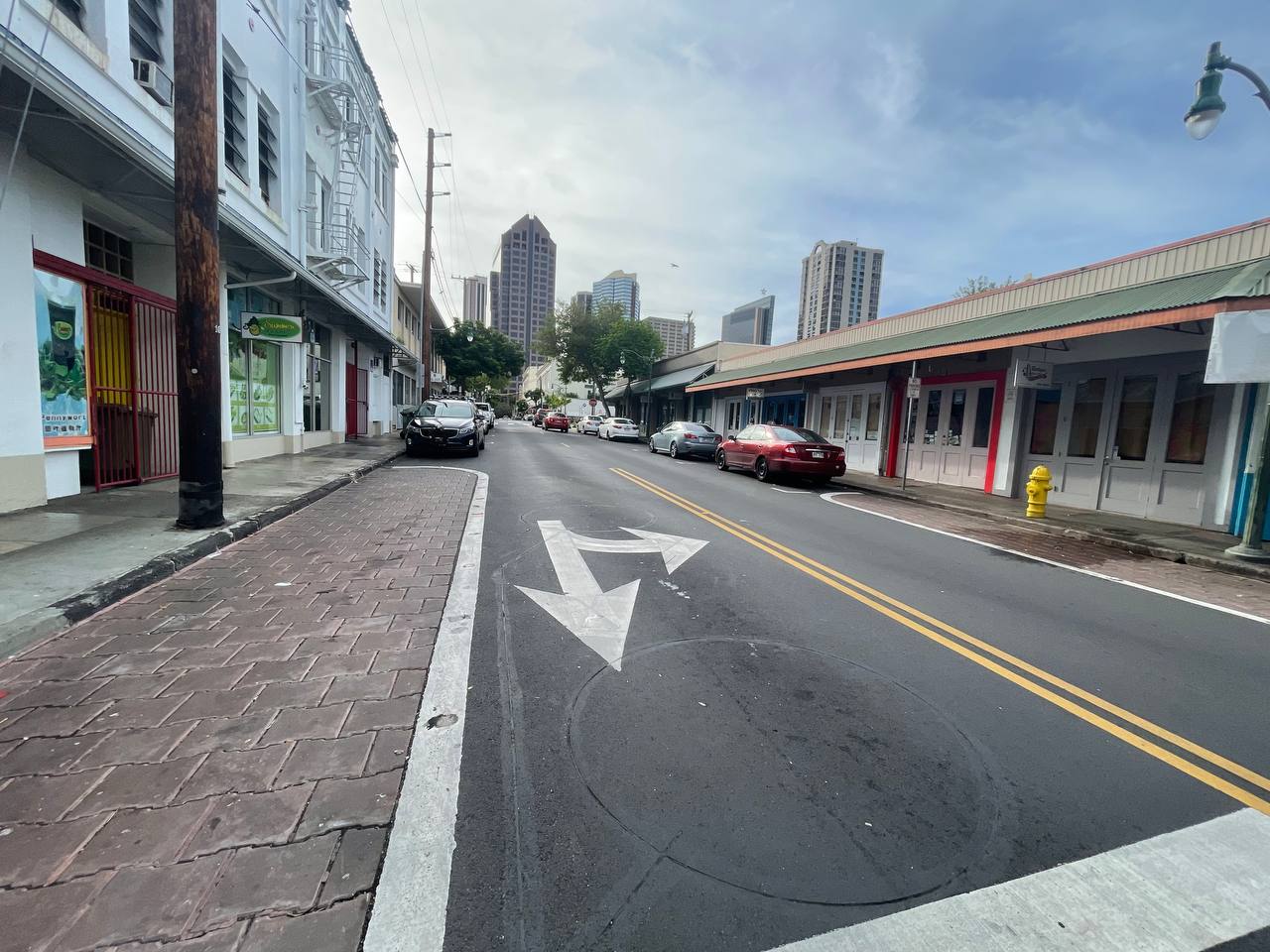
Modern Day Chinatown in Honolulu, Hawaii. Though much has changed from the 1940s, some historic buildings still stand. They are marked as historic landmarks, representing old Chinatown.
10. The US Navy ran the prostitute houses in China Town during WWII; the cost was just $2.50. One dollar for rent, one dollar for the girl’s services, and $.50 reserved for medication.
11. Every day, the National Park Service reserves two shuttles to the USS Arizona Memorial (300 seats) for student groups.

A US Navy-operated shuttle boat leaves the Arizona Memorial. These shuttle boats operate in 15-minute intervals running between the Pearl Harbor Visitor Center and the Arizona Memorial.
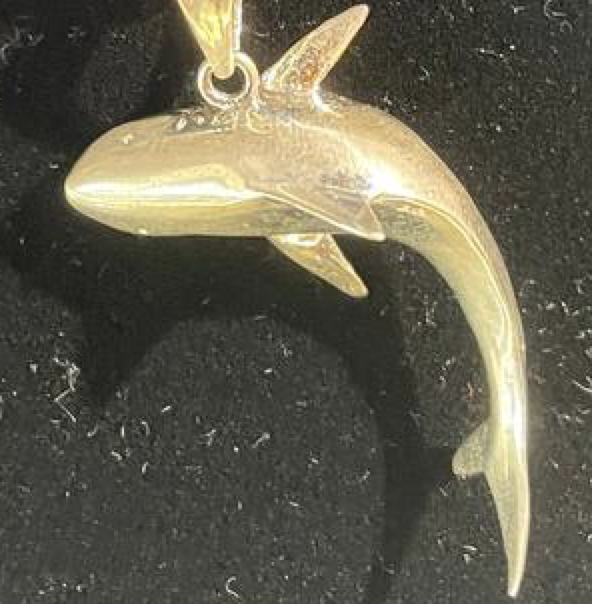
A close-up image of a pendant from the Hawaiian Shark God collection from the Pearl Harbor Museum Store. The pendant is part of a series of jewelry commissioned by Pacific Historic Parks to commemorate the legend of the shark god that according to Native Hawaiian legend protects the waters of Pearl Harbor.
12. The National Park Service has two displays at the Pearl Harbor Visitor Center that educates the visitor on the Pearl Harbor Shark Goddess, Ka’ahupahau. The first display is in the Oahu Court, and the second display is behind the National Park Service ticket counter.
13. Japanese student groups that come to Pearl Harbor are shocked to learn about their country’s sneak attack on Dec 7th, 1941; they are taught little about WWII in school.
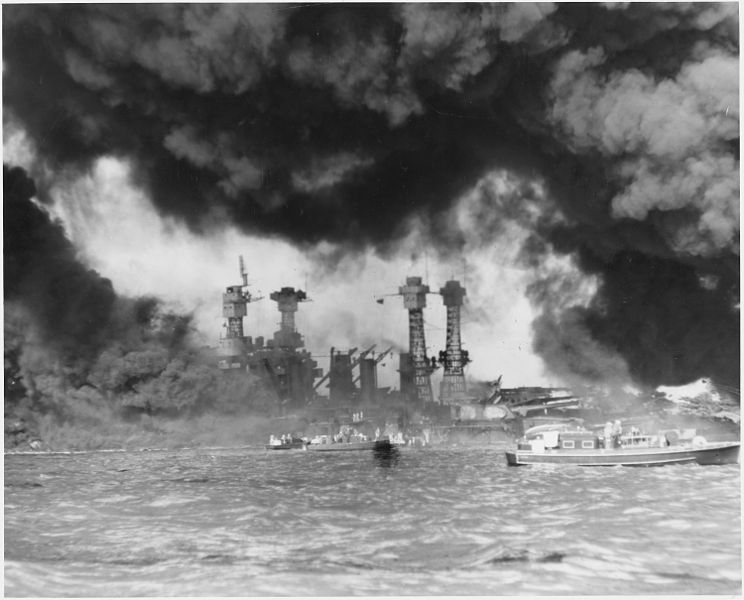
Japanese attack on Pearl Harbor, Hawaii, Unknown author or not provided, National Archives and Records Administration, cataloged under the National Archives Identifier (NAID) 197288, PD-USGov

National Park Service Rangers and US Military personnel taking part in a December 7 commemoration ceremony. There are commemoration ceremonies at all of the Pearl Harbor Historic Sites. While efforts were made to keep the Pearl Harbor Historic Sites and the Arizona Memorial open during Government shutdowns, there were times when Pearl Harbor was entirely closed.
14. During the US government shutdowns, the Park Rangers are laid off, but when the government reopens, everyone gets their full back pay.
15. After the grand opening of the new Pearl Harbor Visitor Center, annual visitation in 2011 went from 1.2 million to 2 million visitors by 2016.
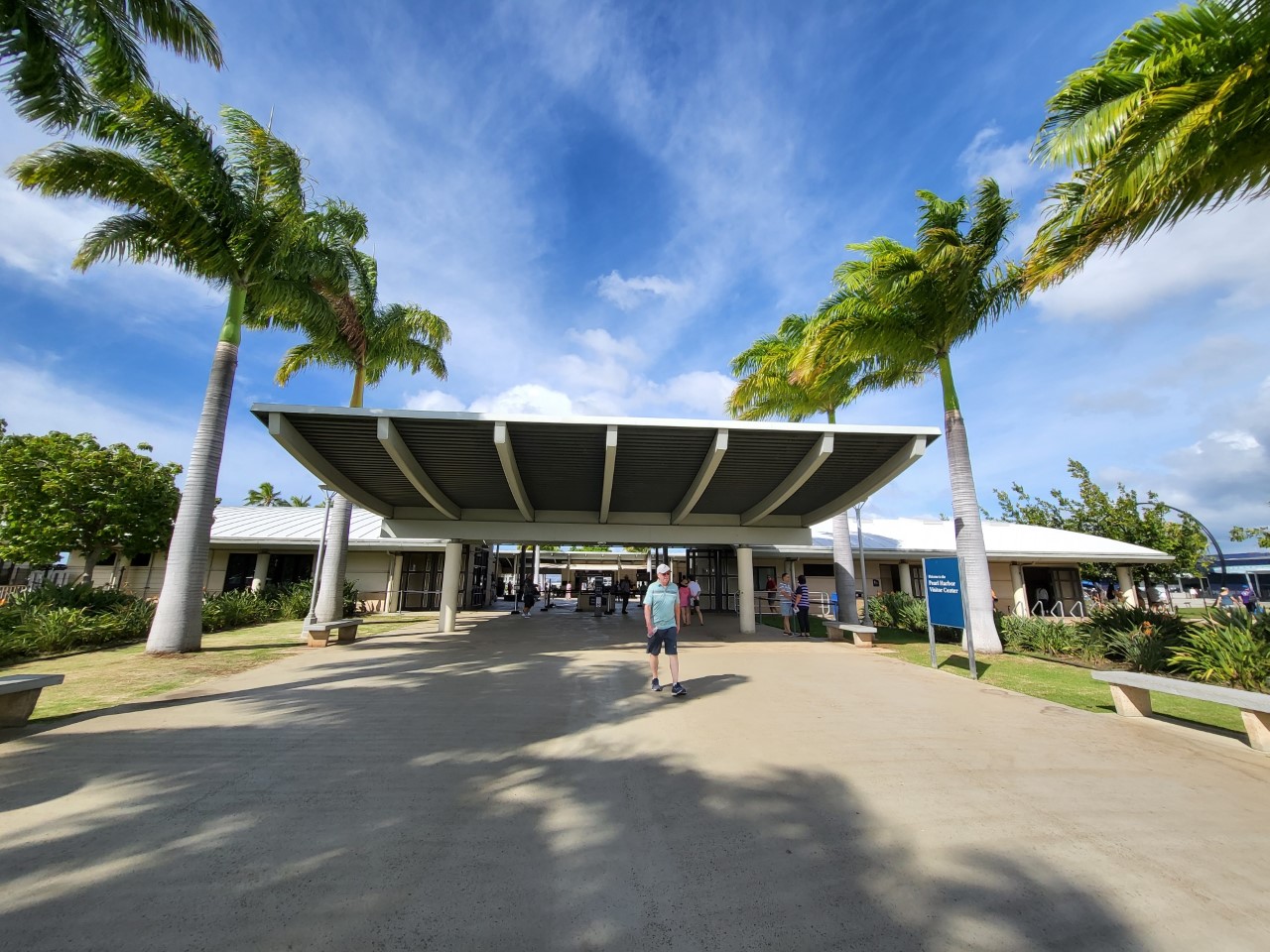
A view from the entrance to the Pearl Harbor National Memorial Visitor Center. Much has changed from when the Pearl Harbor Visitor Center was first opened in 1980

US Navy personnel drop flowers into the water from the Arizona Memorial. Only single flowers may be dropped in the water as the string from the flower lei presents a danger to marine life.
16. Once, the US Navy sailors closed down the USS Arizona Memorial shuttle so that they could watch the Super Bowl game (They claimed it was due to bad weather). There were hundreds of complaints because it was such a nice day, and the next day the National Park Superintendent went to see the Admiral in charge of Pearl Harbor; needless to say, it never happened again,
17. Oil is still leaking from the sunken Battleship Arizona after 81 years, and about a quart of oil slowly rises to the water’s surface throughout the day and can easily be seen by its visitors. Locals refer to this as “the Black Tears of Arizona.” Over the years, a few visitors have taken pictures of the oil patches showing scenes of horrible faces.
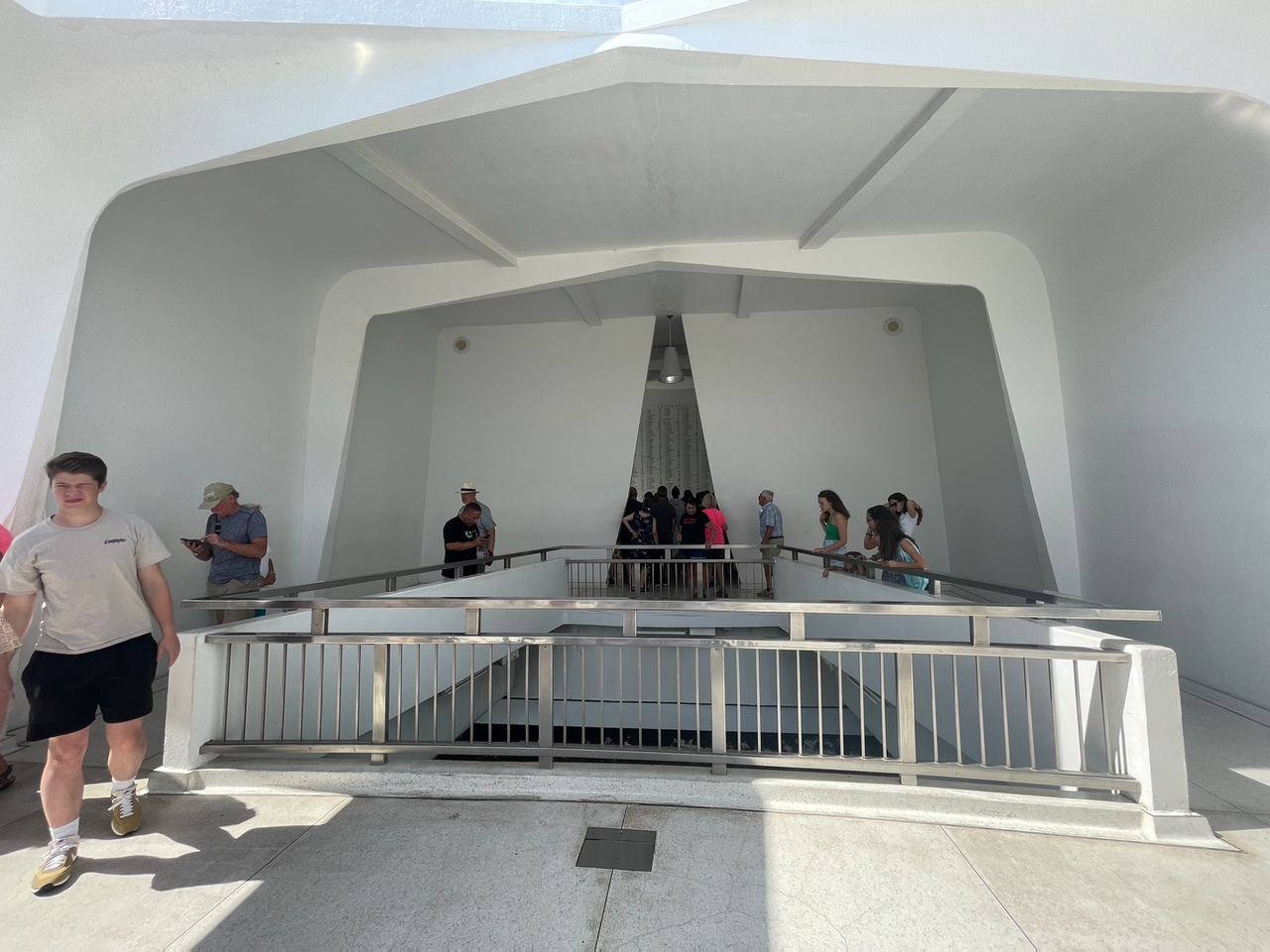
A view from the assembly room towards the shrine room on the Arizona Memorial. The opening in the floor allows you to look down upon the wreck of the USS Arizona.
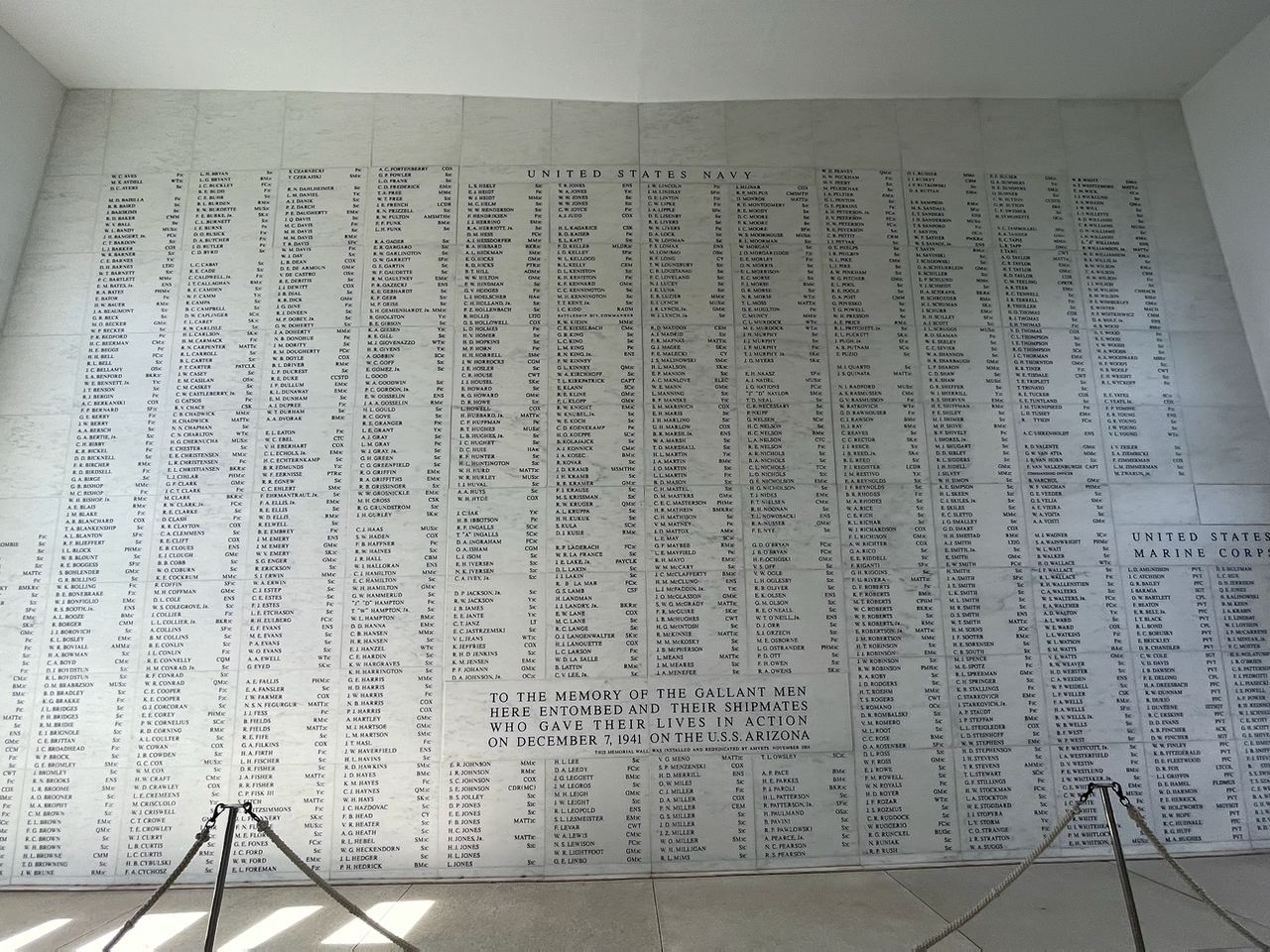
The marble wall in the shrine room on the Arizona Memorial. The wall lists the names of the 1,177 officers and men who died aboard the USS Arizona battleship.
18. When the marble wall in the USS Arizona Memorial’s Shrine Room needed to be replaced, the National Park Services shredded the old marble into little pieces and dumbed them far out in the ocean so no one could use them as souvenirs.
19. Every week, the Executive Directors and their Sales Directors of the Pearl Harbor Historic Sites partners meet to discuss ways to work together. On one occupation a few years ago, the discussion centered on coming up with a one-day pass to include the USS Arizona Memorial Narrated Tour and admission to the USS Bowfin, USS Missouri, and the Pearl Harbor Aviation Museum. When this new program was first introduced to the travel agents, the agents said the promotion would fail because visitors did not want to spend an entire day at Pearl Harbor. The travel agents could not have been more wrong; the new Passport to Pearl Harbor became the best-seller package.

Pearl Harbor Tours – Pearl Harbor Executives from USS Arizona Memorial, USS Bowfin Submarine, USS Missouri Battleship, and Pearl Harbor Aviation Museum. The picture is a stock photo.
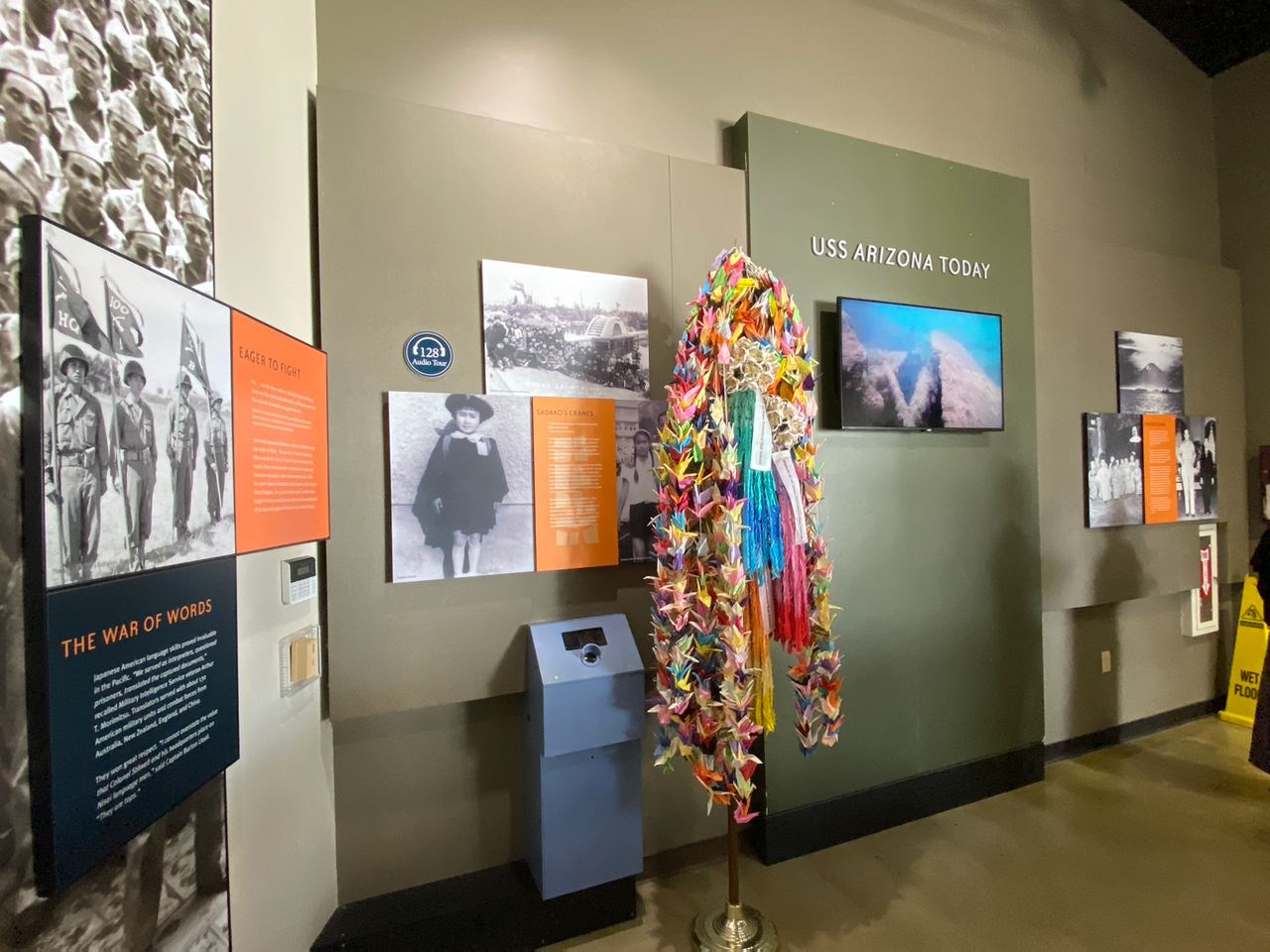
The Sadako Sasaki Peace Crane display in the “Attack” museum at the Pearl Harbor Visitor Center. Due to a lack of paper in post-war Japan, many of the paper cranes folded by Sadako were folded using low-quality paper such as chewing gum wrappers.
20. The small Sadako Sasaki Crane display in the Pearl Harbor Visitor Center’s Attack Museum cost $75,000 and was donated by the Honolulu Japanese Chamber of Commerce. This display was built to encase the tiny and fragile Sadako paper crane in clear Nitrogen gas. The nitrogen gas is to help preserve the paper crane from unfolding and deteriorating so visitors can view her perfect paper crane for generations.
21. A few years ago, a high diplomatic executive called the National Park Service to assist the seven Moroccan princesses that are coming to the Pearl Harbor Visitor Center. Upon arrival, the Ranger’s welcome committee was shocked to see that the princesses were all in their early 20s, looked completely different, and were of different nationalities. Later they learned from their bodyguard that they were not princesses but travel companions for the Prince of Morocco.

Imagine being a Park Ranger at the Pearl harbor Visitor Center being told that a group of Moroccan Princesses will be going to see the Arizona Memorial and a group of random girls shows up. This picture is a stock photo.
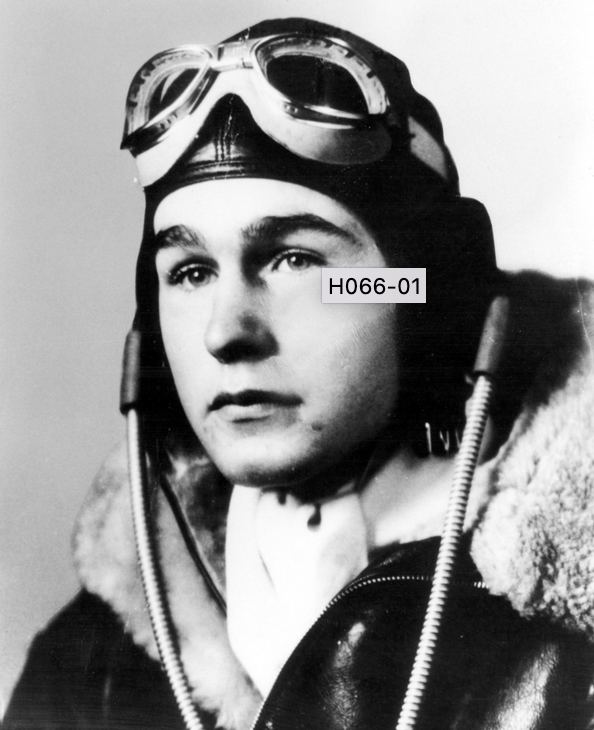
A young Ensign George Bush. His training plane is on display at the Pearl Harbor Aviation Museum. When former President George H. W. Bush first earned his wings; he was the youngest pilot in the US Navy.
22. During one of her war patrols, the USS Finback was assigned to pick up downed US pilots from an air raid over Chichi-Jima, one of the pilots they rescued was a future President, George H. W. Bush.
23. The National Park Service gets many requests from movie stars, famous athletes, and well-known billionaires to have a private shuttle arranged for them to the USS Arizona Memorial, but all are politely refused. The National Park Service refuses to show favoritism and does not want to deny the public a chance to visit the Memorial.
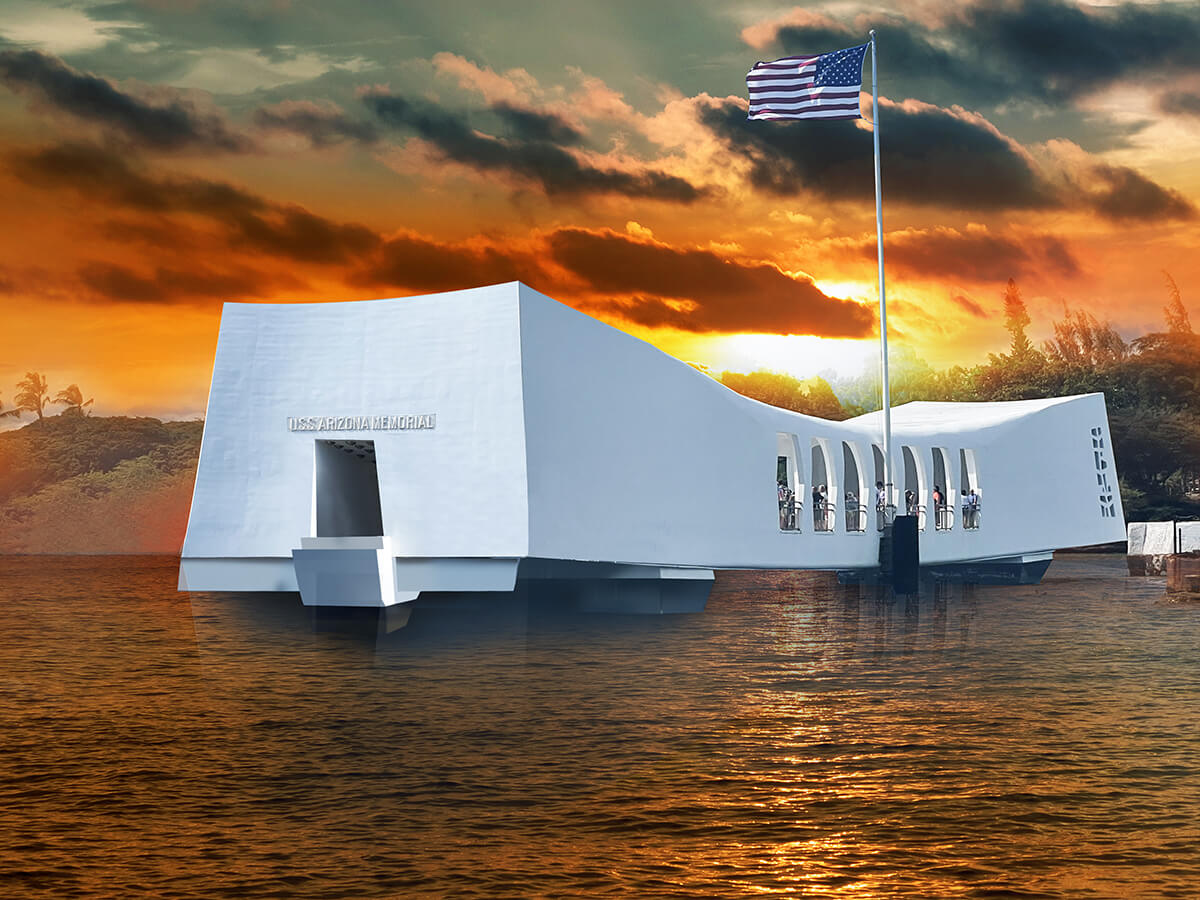
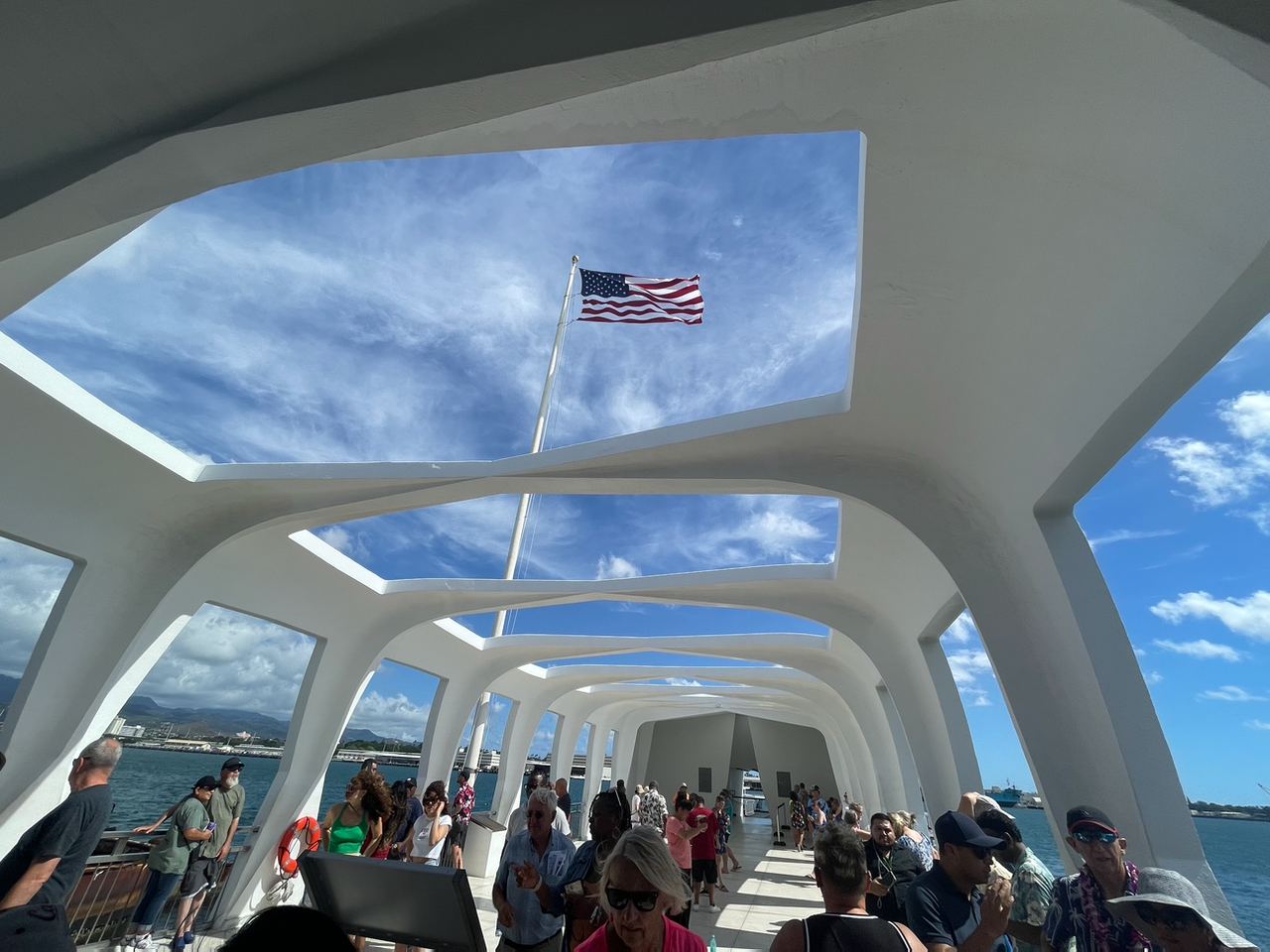
View of the US Flag from the assembly room on the Arizona Memorial. The flag shown here is connected to the wreck of the USS Arizona battleship. There are other flags flown on the Arizona Memorial. They are placed in the flag room.
24. Anyone can bring a US flag to the Pearl Harbor Visitor Center and have it flown over the USS Arizona Memorial at no cost. Drop it at the National Park Service desk, and they will call you when it’s ready for pick up.
25. During the Christmas holiday, the Navy offers free tours of Pearl Harbor for military and civilian families with their USS Arizona Memorial Shuttle boats. This incredible, narrated tour of Pearl Harbor is a lifetime chance. For information, visit PacificHistoricParks.org.
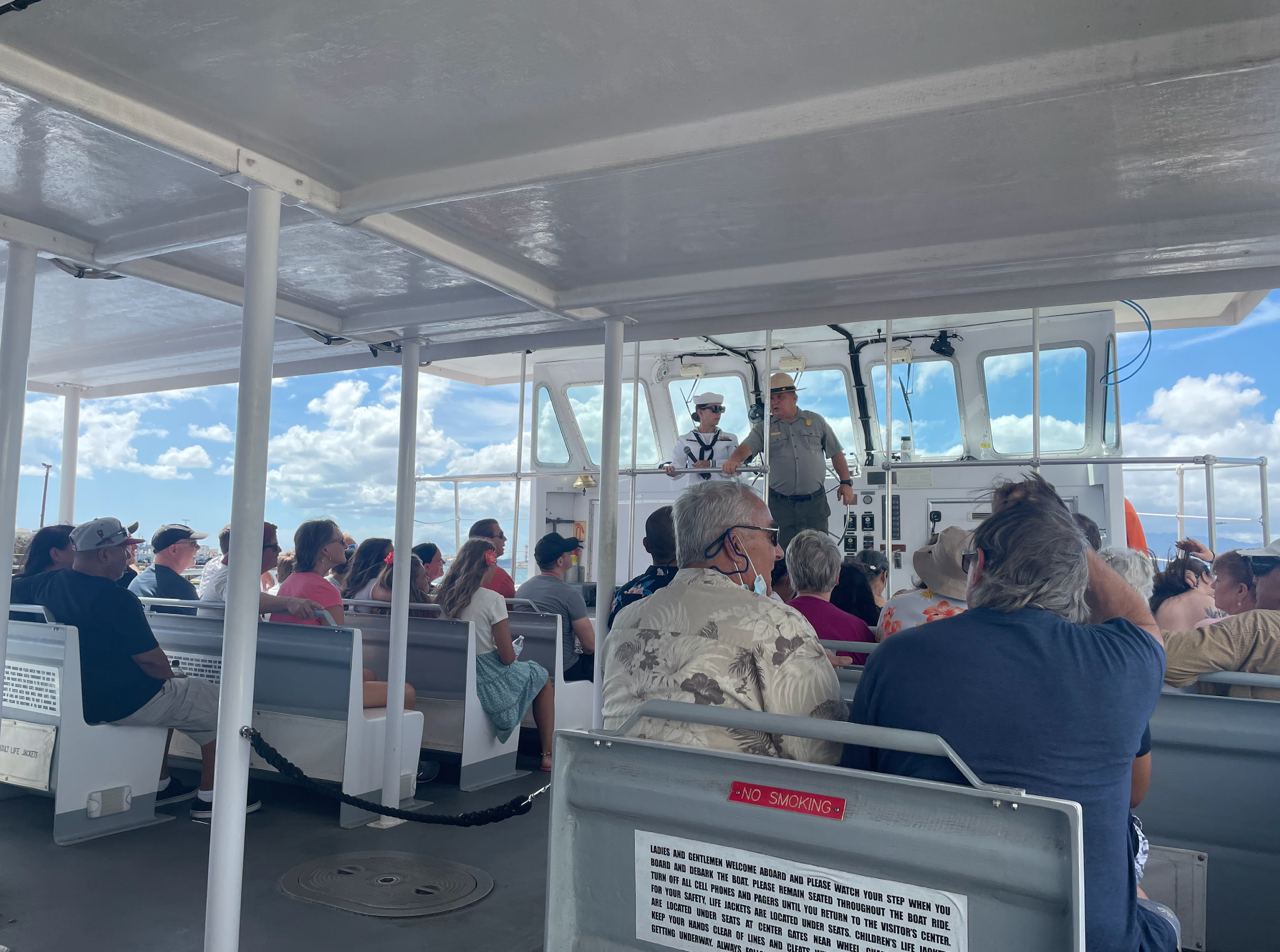
This image was taken from a shuttle boat headed to the Arizona Memorial. The US Navy-operated shuttle boats are able to accommodate 150 passengers.

Sterling R. Cale, treasurer, Pearl Harbor Survivors Association Unit 1, salutes his fallen comrades in the rear of the USS Arizona Memorial Monday during the Memorial Ceremony and Interment of James Evans Cory, the first Marine to be buried aboard the Arizona since World War II., Marine Corps photo by Sgt. Mark Fayloga, United States Marine Corps Official Page at https://flickr.com/photos/40927340@N03/4168459115, PD-USGov
26. Sterling Cale was known as the “Warhorse of the Pearl Harbor Survivors.” Sterling led a charmed military career. He was the man in charge of taking the bodies off the USS Arizona Memorial after the attack. As a corpsman, he was on Guadalcanal from the invasion to the end of the fighting, he served during the Korean War and the entire Vietnam War, ending his military service in Laos for two years with the CIA. His favorite saying is, “It’s always a great day when you enjoy life above the grass.” Serling wrote a book on his life, and it can be purchased at
PacificHistoricParks.org.
27. During WWII and the Korean War, besides the nine 16-inch guns, the USS Missouri was equipped with twenty 5-inch guns for ship-to-ship combat. In addition, there were eighty 40mm guns and forty-nine 20mm autocannons for anti-aircraft defense.
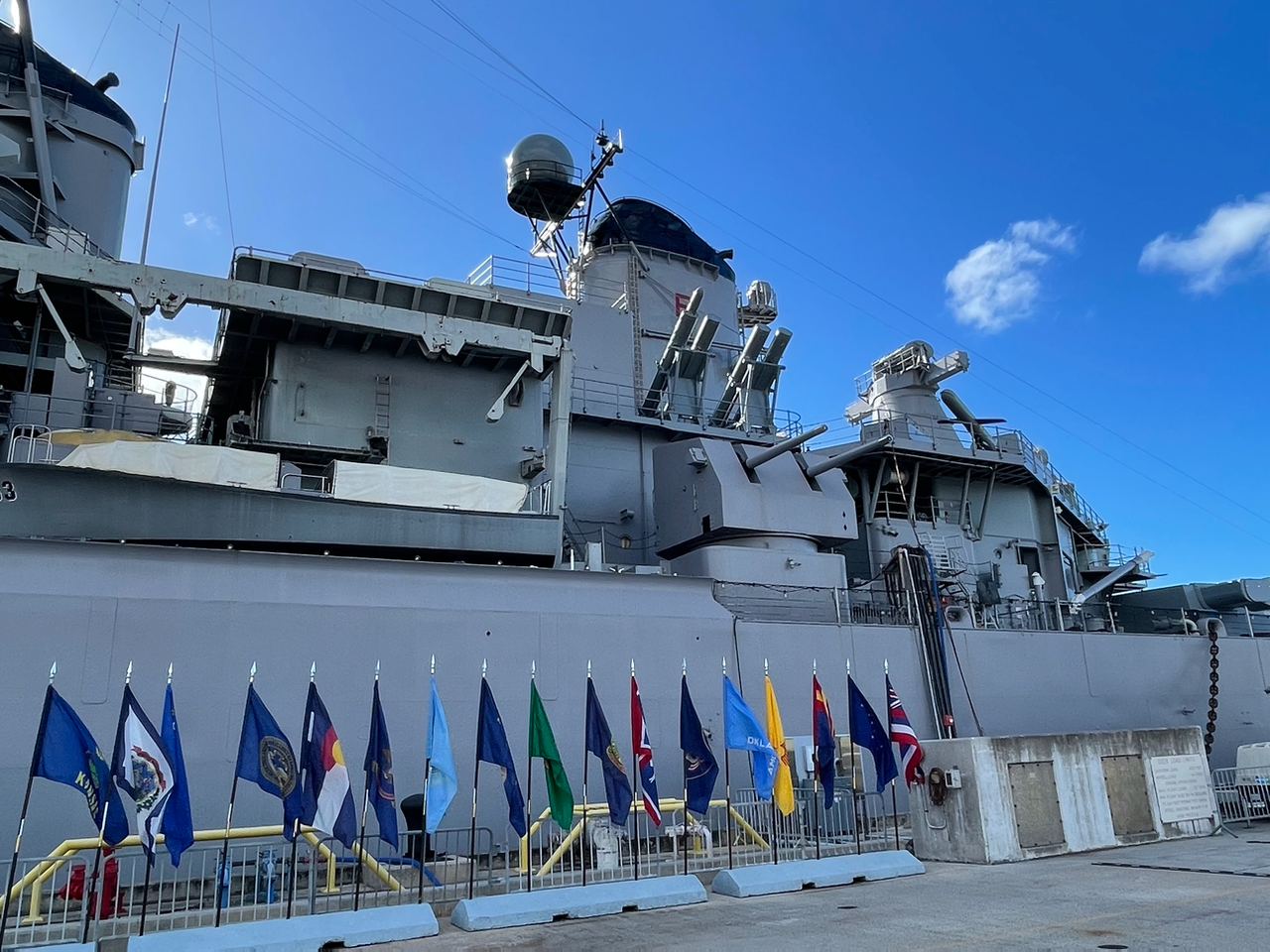
Port side view of the USS Missouri Battleship, State flags are on display on the pier side. This image shows the after funnel, after the main gun director, a twin 5″-gun turret, and the Harpoon missile launchers.
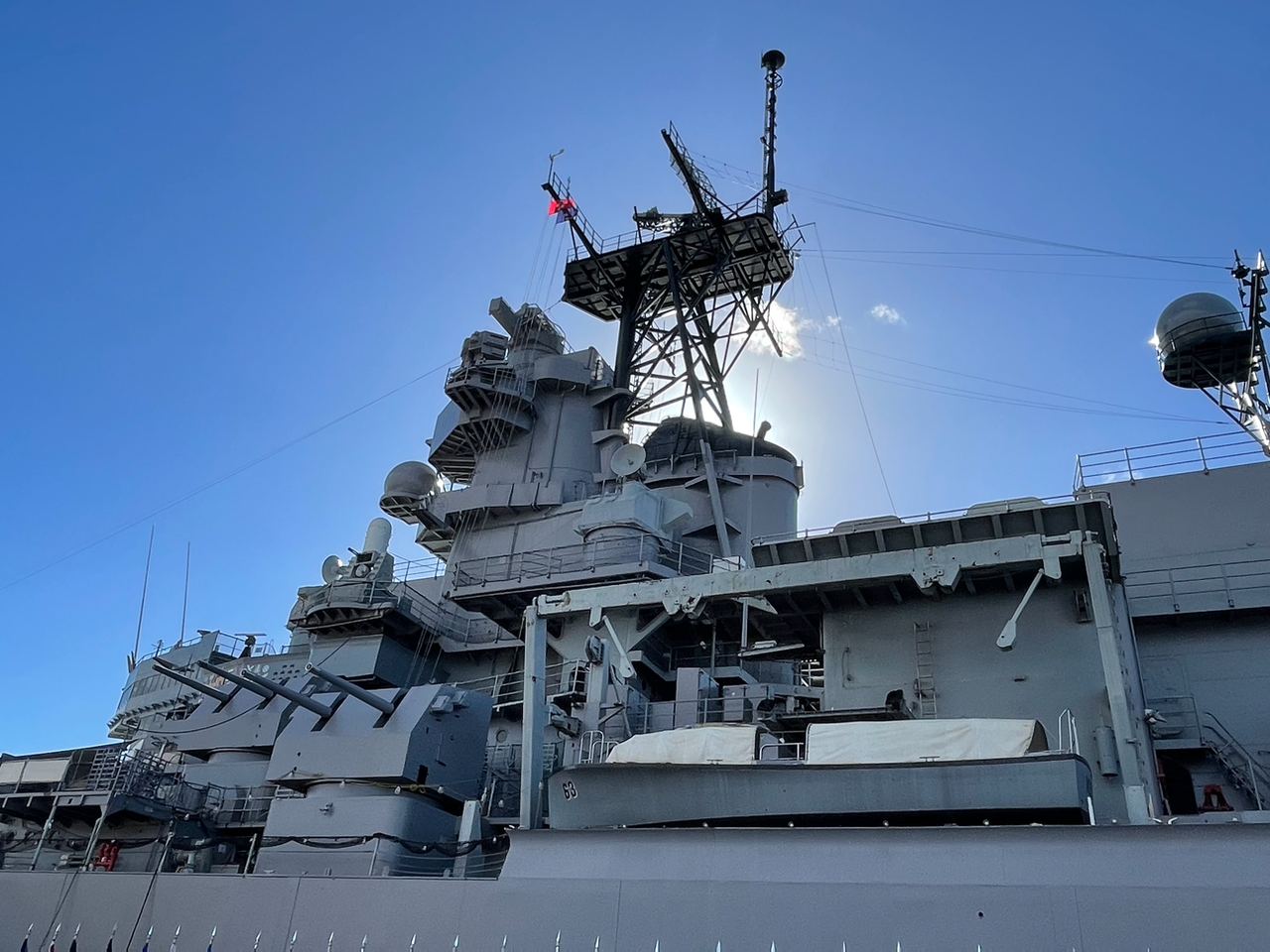
A port-side view of the USS Missouri battleship showing the citadel and foremast. One of the ship’s boats, secondary 5″-gun turrets, and a 20mm Close-in Weapon System (CIWS) mount are visible.
28. During the Gulf War, besides the nine 16-inch guns, the USS Missouri was equipped with 16 RGM-84 Harpoon anti-ship missiles, 32 BGM-109 Tomahawk cruise missiles, and four Phalanx Close-In Weapon System rotary cannons for destroying enemy missiles and aircraft.
29. After WWII, 44 sailors that were part of the crew of the USS Arizona and survived Dec 7th received permission from the Navy to be interred within the hull of the Battleship Arizona. The memorial service is held on the USS Arizona Memorial after hours. It includes National Park Service divers placing the urn in the ship, a committal service, rifle salute, TAPS, flag, and plaque presentation to the family.
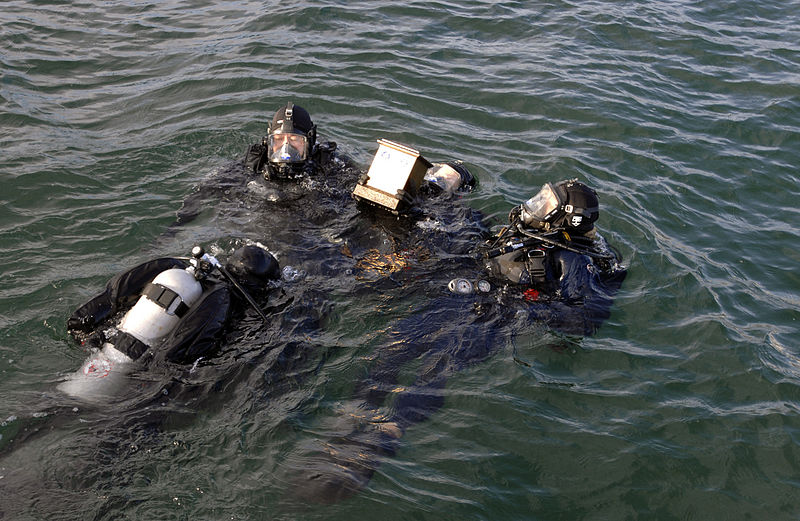
National Park Service divers hold the cremains of Petty Officer 1st Class Charles Guerin Jr. during an interment ceremony aboard the USS Arizona Memorial. Guerin was a former Sailor stationed aboard USS Arizona during the Dec. 7, 1941 attack on Pearl Harbor., Jay Pugh, This image was released by the United States Navy with the ID 081207-N-0535P-253 , PD-USGov
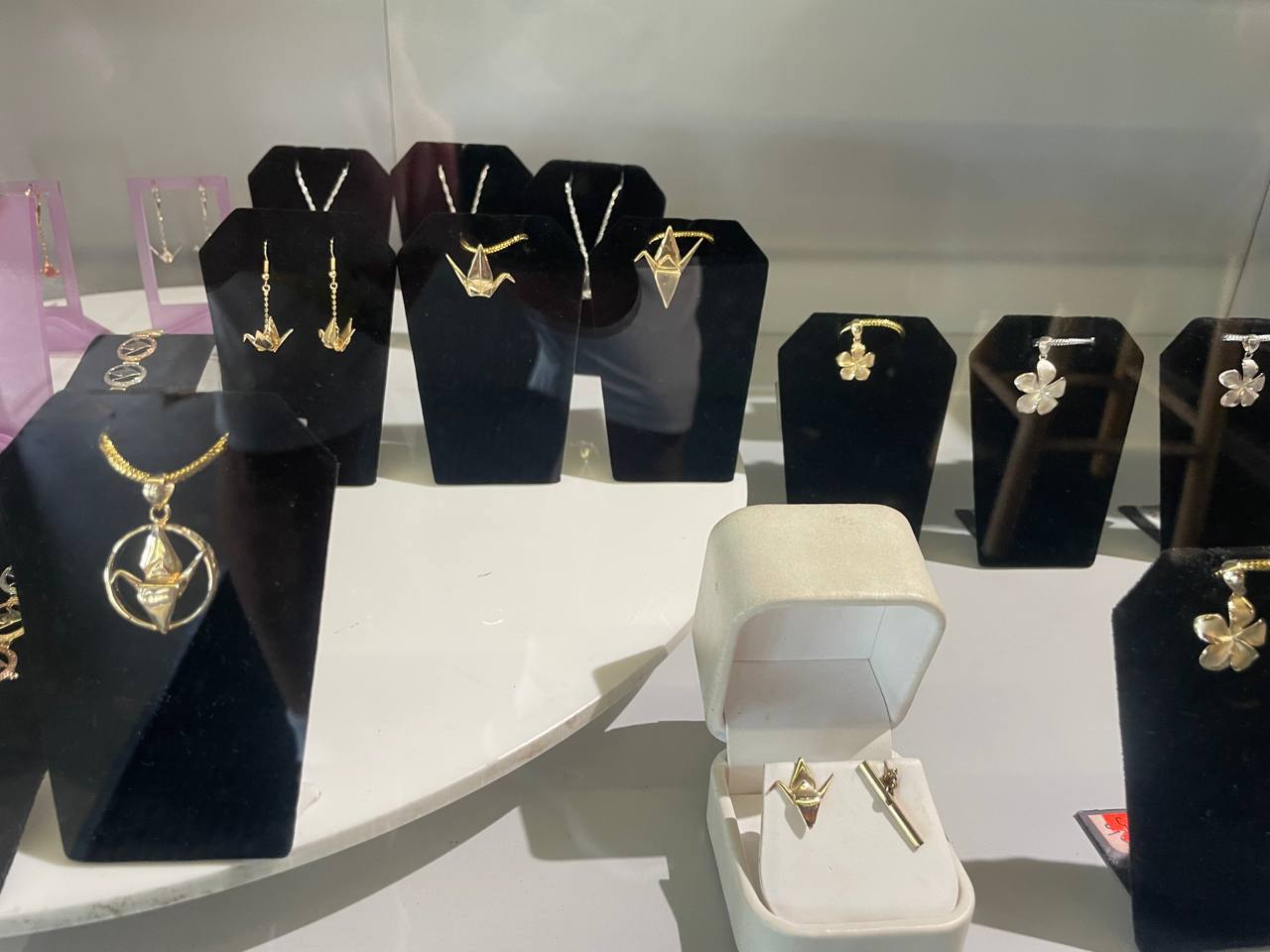
Examples of jewelry from the Sadako Sasaki Symbol of Peace collection are on display at the Pearl Harbor Museum Store. The collection was commissioned by Pacific Historic Parks in order to commemorate the Sadako Sasaki paper crane display.
30. The Sadako crane is so tiny because it was made from gum paper wrapping. After WWII, paper in Japan was scarce and expensive, so Sadako asked her nurses to find any scraps of paper they could find.
31. Families were children from 4-11 should purchase the National Park Service Junior Ranger book. Once the book is filled up, the child takes it to the Rangers, and they are sworn in as official; Junior Rangers and receive a certificate and badge. It is the perfect photo opportunity that you will treasure forever.
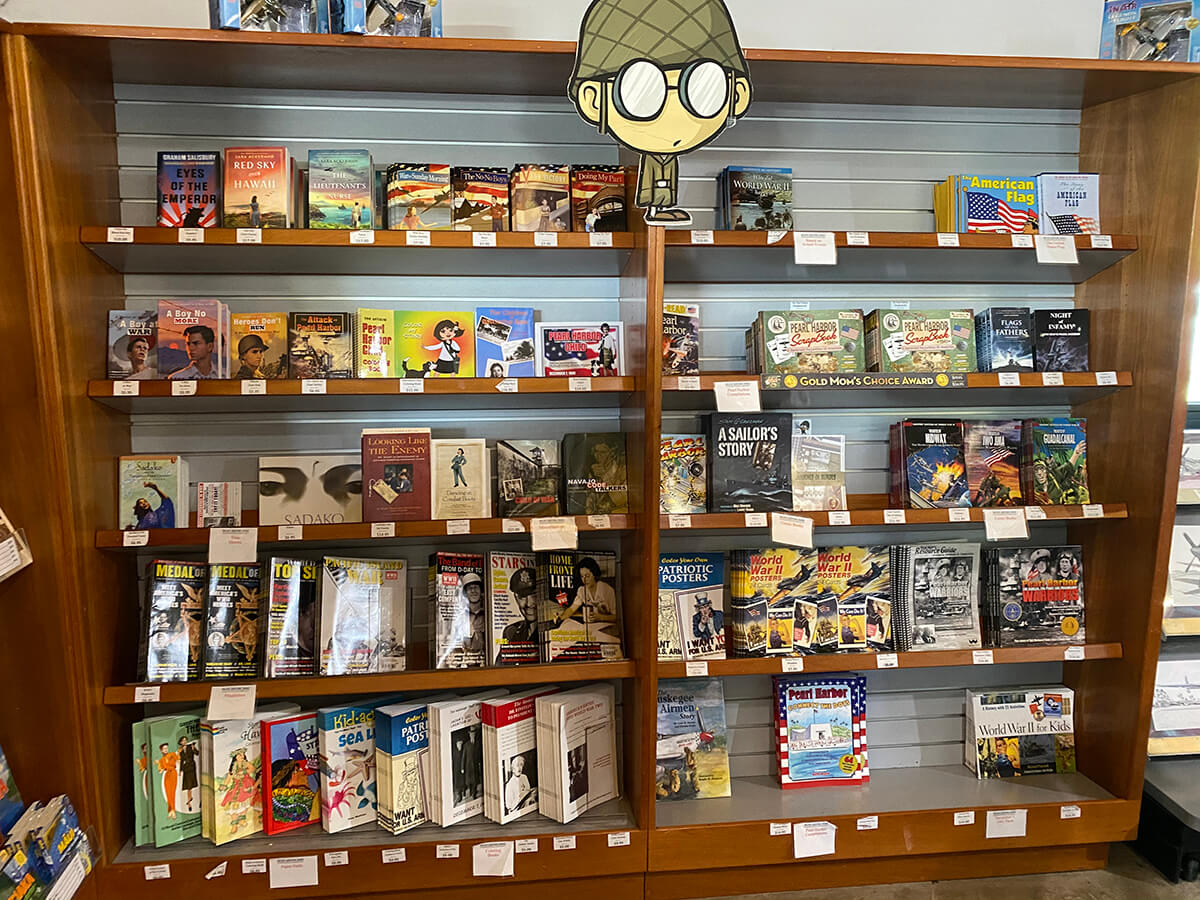
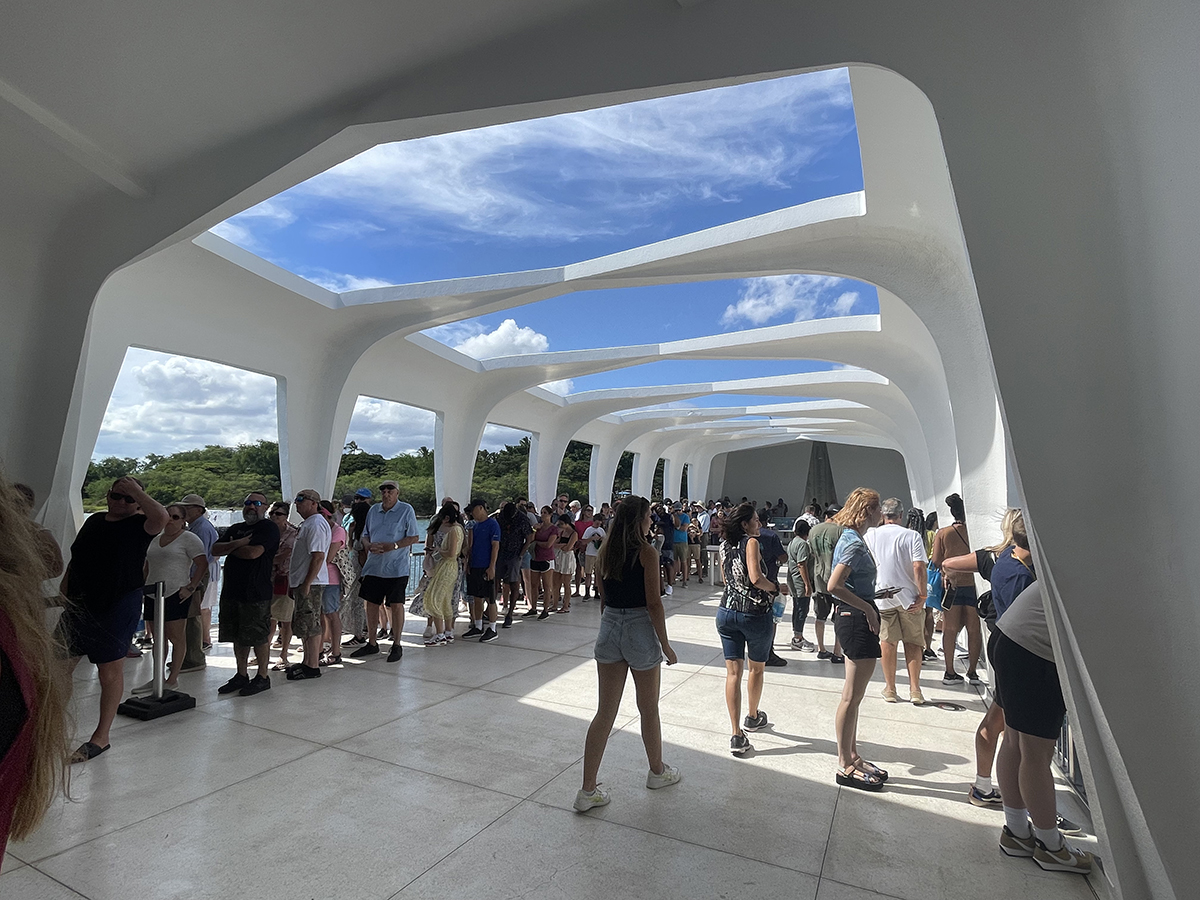
An image of the assembly room of the Arizona Memorial. After the attacks on September 11, 2001, many feared that popular gathering spots could be the target of further terrorist attacks. Security has become much tighter since 2001.
32. There is a secret escape door on Arizona Memorial in an emergency due to a terrorist act.
33. Besides the Navy’s shuttle boats, only the Pearl Harbor Admiral’s yacht is allowed to park at the USS Arizona Memorial.

Pearl Harbor, Hawaii (May 30, 2003) -- Boatswain’s Mate 2nd Class Michael J. Fisk snaps the plastic window panels into place aboard the admiral’s barge for Commander, Navy Region, Hawaii, shortly after a boat run. The admiral’s barge crew is responsible for transporting Rear Adm. Barry McCullough III, Commander, Navy Region Hawaii / Commander, Naval Surface Group, Middle Pacific, and his guests to various locations in Pearl Harbor. U.S. Navy photo by Photographer’s Mate 1st Class William R. Goodwin. (RELEASED), U.S. Navy photo by Photographer’s Mate 1st Class William R. Goodwin., This image was released by the United States Navy with the ID 030530-N-3228G-001, PD-USGov
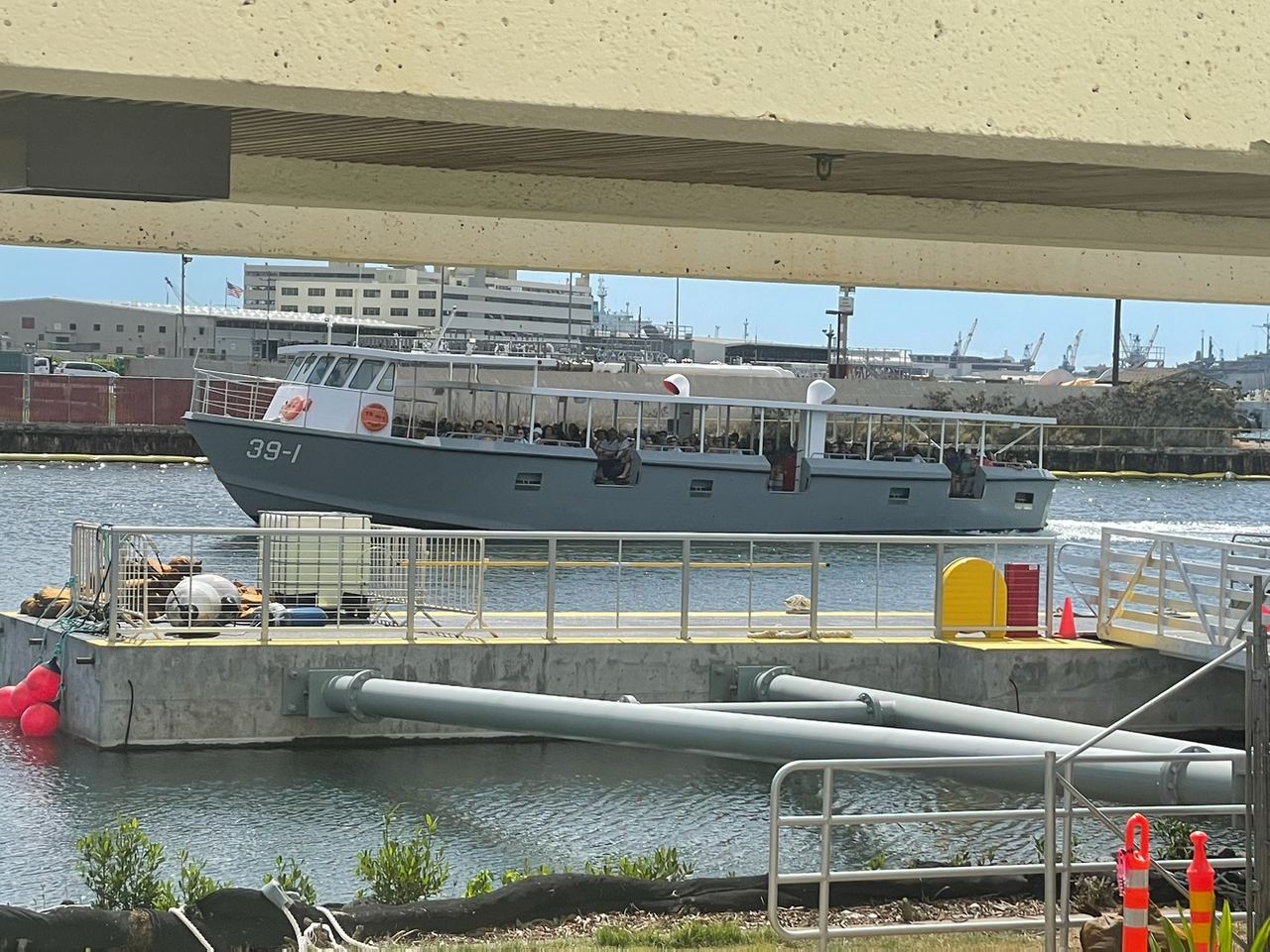
A US Navy shuttle boat returns to the dock at the Pearl Harbor Visitor Center after leaving the Arizona Memorial. Security has greatly increased since September 11, 2001.
34. Before Sept 11, tourist boats from Waikiki and private yachts were allowed to enter Pearl Harbor. After Sept 11, only military ships and officers’ sailboats could cruise Pearl Harbor.
35. For a unique and fun experience, visit the Pearl Harbor Virtual Reality Center, located in the courtyard of the Pearl Harbor Visitor Center. For just $7.95, you can view five Pearl Harbor- Dec 7th VR Tours.
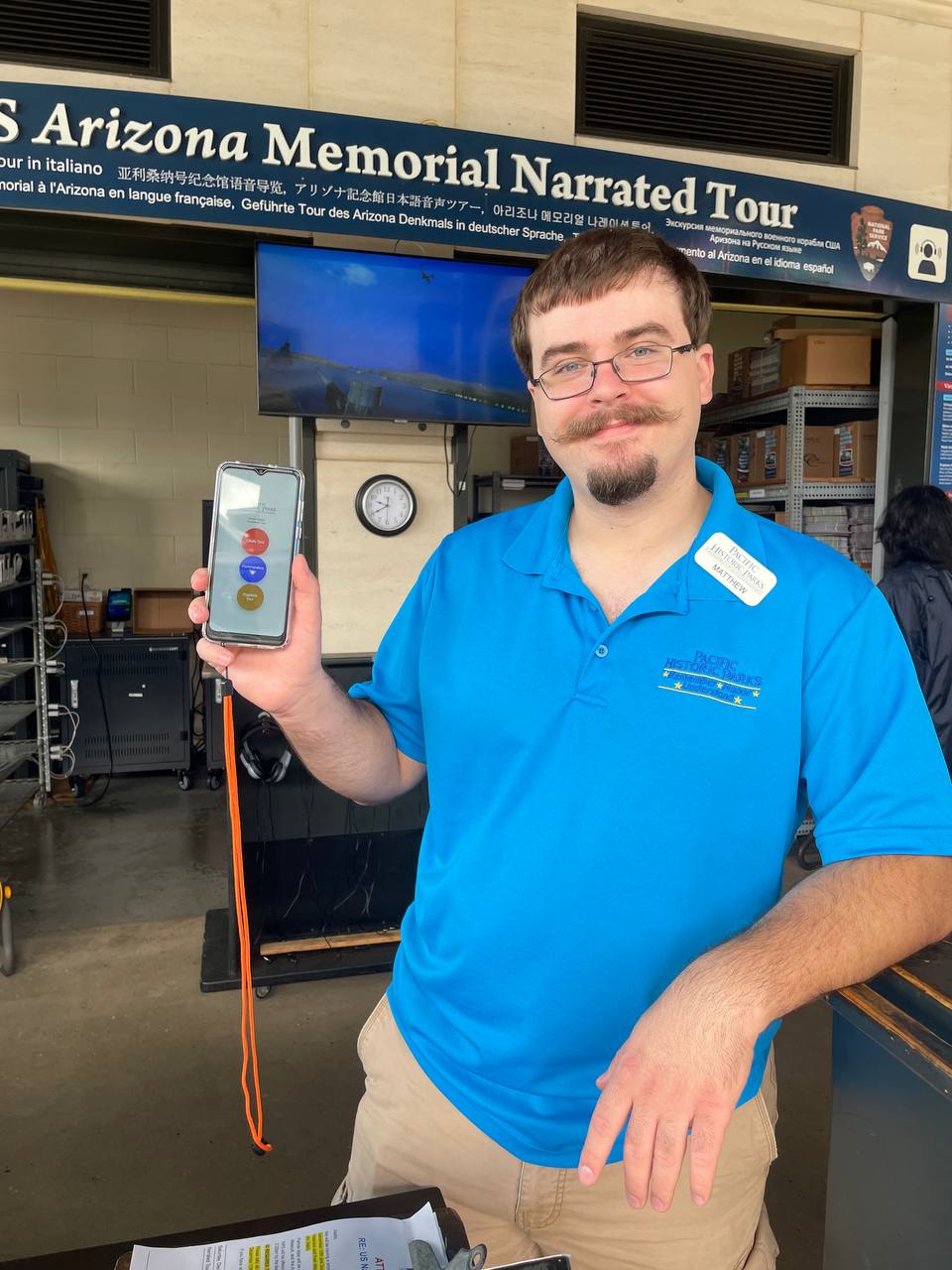
A worker shows off the new USS Arizona Memorial audio tour. These tours have gained in features and functionality over the years. The current audio tour is narrated by the actor Jamie Lee Curtis, whose father Tony Curtis is a WWII Veteran.
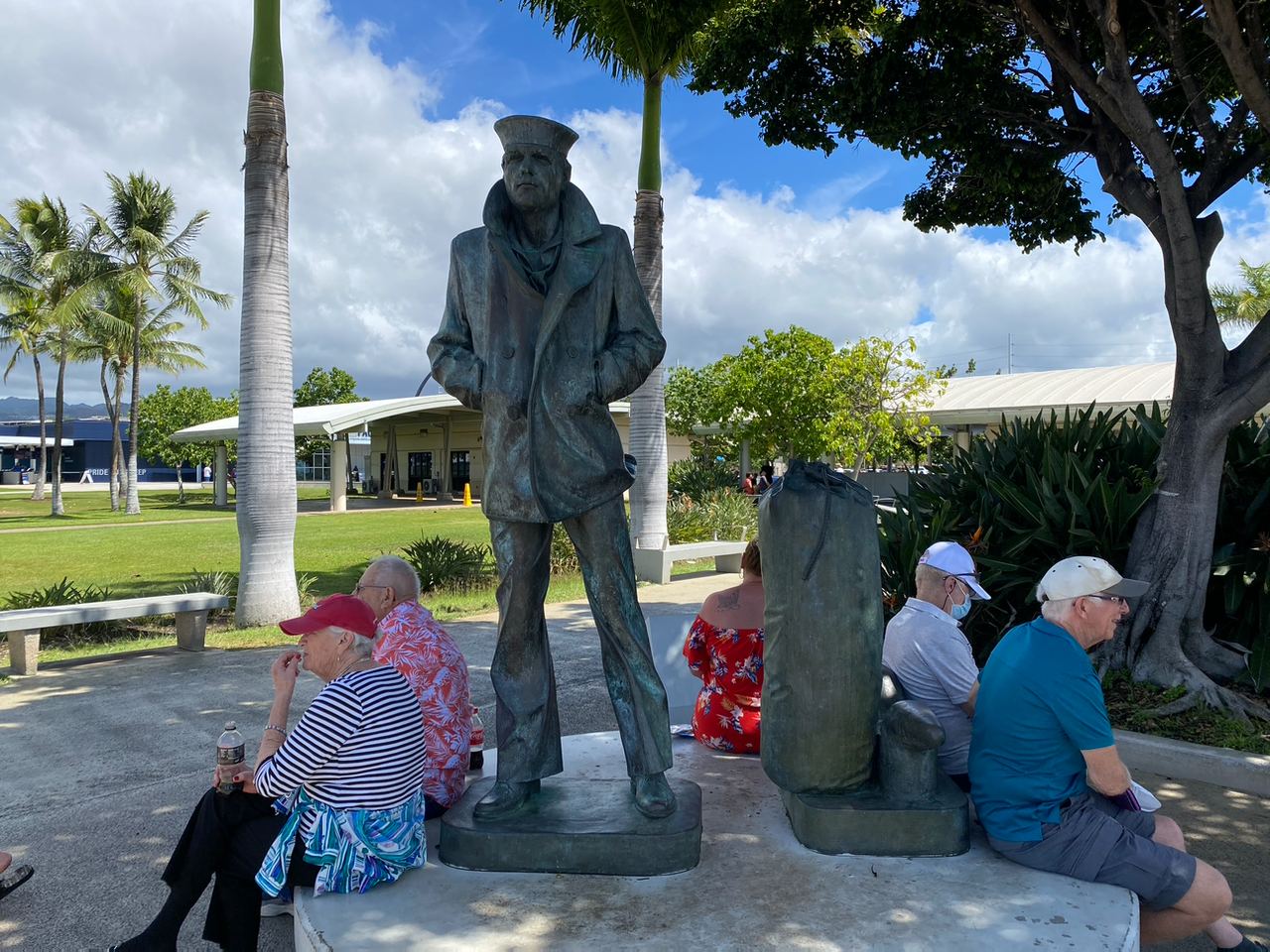
An image of the Lone Sailor statue at the Pearl Harbor Visitor Center. The original statue is part of the US Navy Memorial in Washington D.C. There are other statues distributed across the United States with one in Normandy, France.
36. Have your family picture taken with the famous Lone Sailor located behind the Pearl Harbor Visitor Center’s courtyard.
37. The USS Arizona carried three 2,000-pound anchors; one was used for parking the ship in calm waters, two were used for windy ocean conditions, and the last was used as a spare.
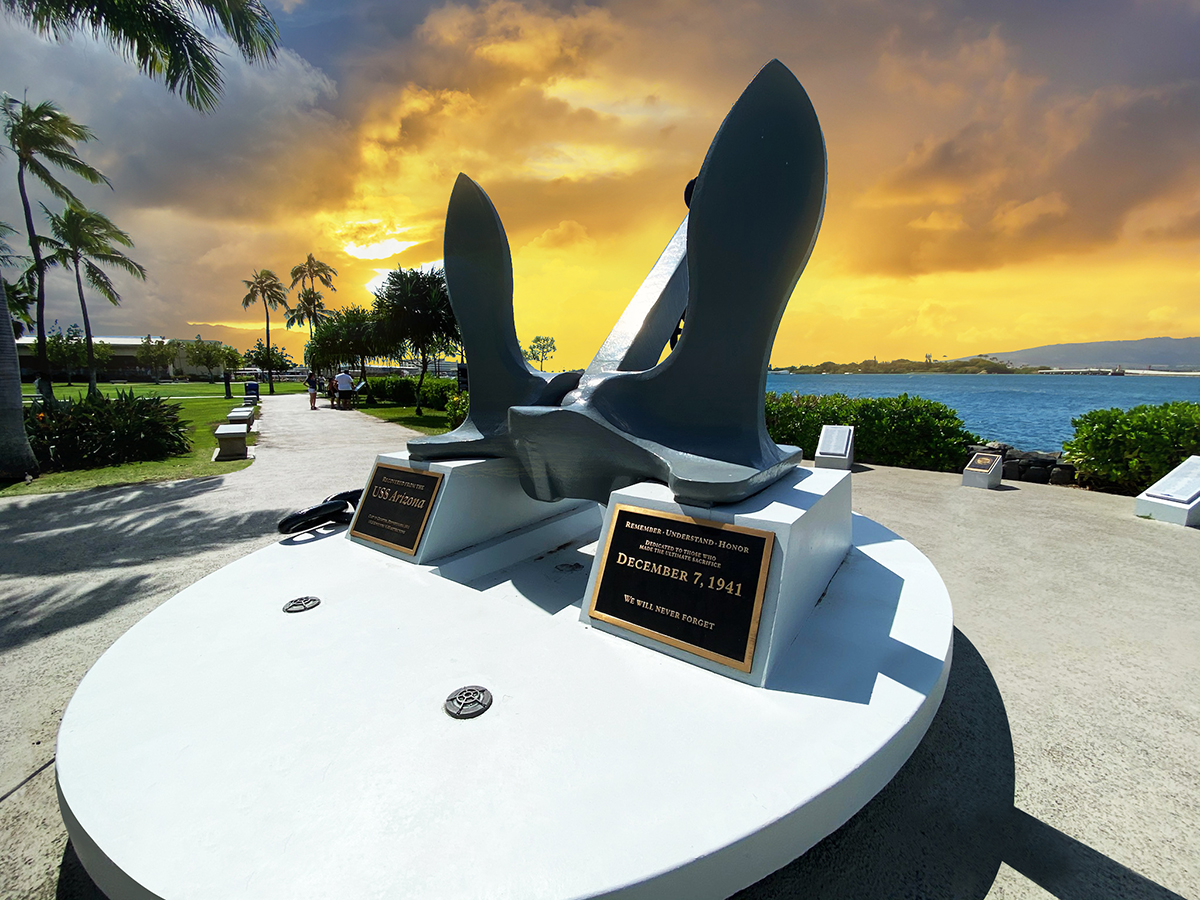
An image of an anchor from the USS Arizona battleship on display at the Pearl Harbor Visitor Center. This is one of three anchors carried by the USS Arizona battleship.
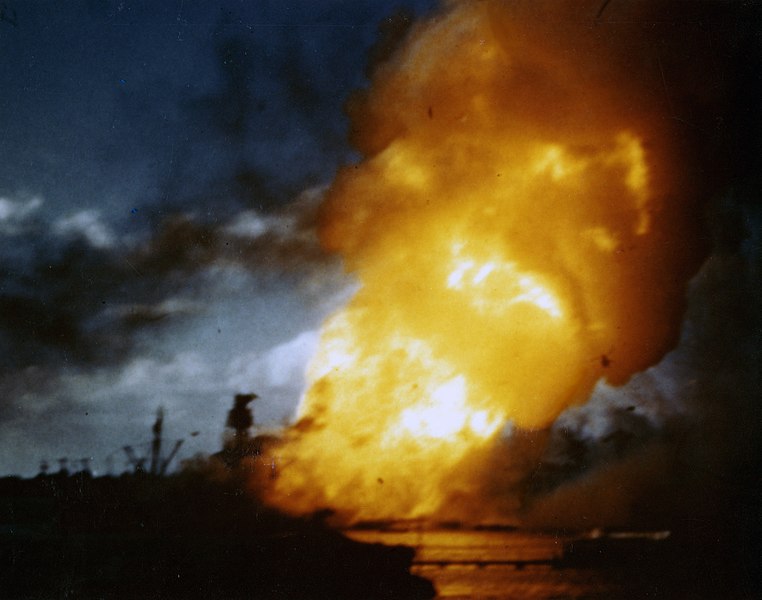
The U.S. Navy battleship USS Arizona (BB-39) ablaze at Pearl Harbor, immediately following the explosion of her forward magazines, on 7 December 1941., U.S. Navy (frame clipped from a color motion picture taken from on board USS Solace (AH-5).), Official U.S. Navy photograph 80-G-K-13512, PD-USGov
38. During the ammunition magazine explosion on the Battleship Arizona, its 2,000-pound anchor, was thrown 100 feet into Pearl Harbor Bay. Navy divers were able to salvage it, and now this anchor is on display at the Pearl Harbor Visitor Center.
39. There were 38 sets of brothers assigned to the USS Arizona Memorial, in which 24 sets of brothers were both killed in action on Dec 7th. Only one group of brothers was fortunate enough to live through the attack.
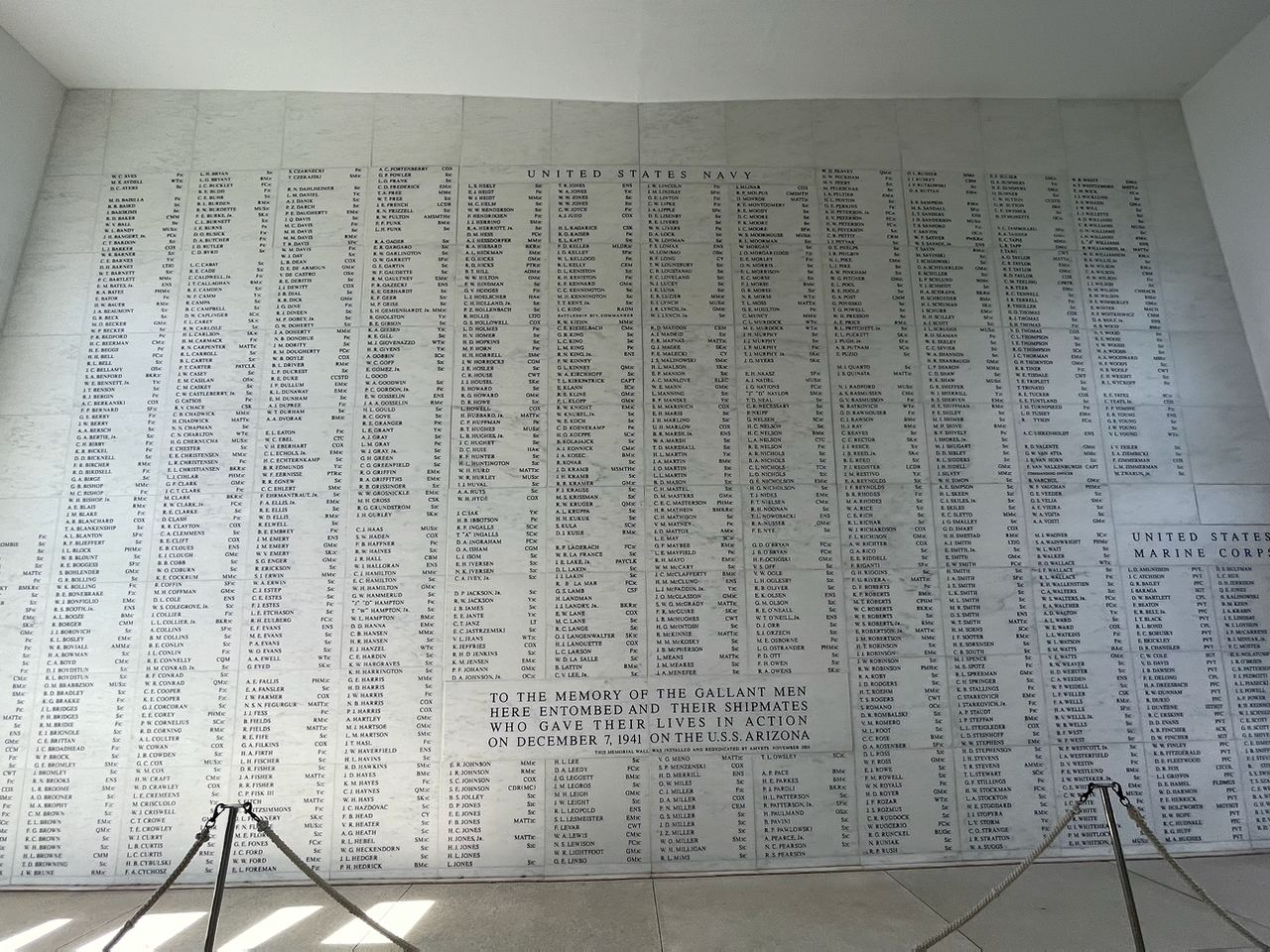
The shrine room on the Arizona Memorial. On the left is a smaller plaque with the names of USS Arizona battleship survivors who decided to be interred in the USS Arizona battleship alongside their shipmates.
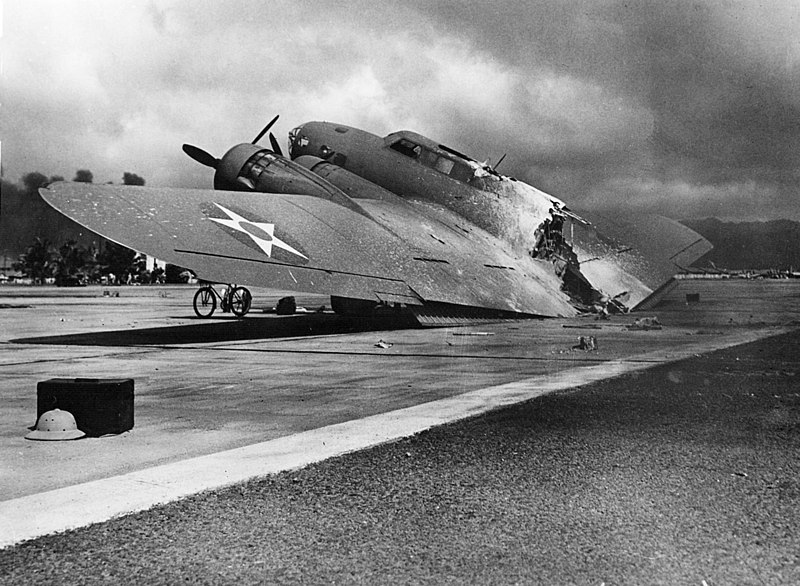
A burned U.S. Army Air Forces Boeing B-17C Flying Fortress (s/n 40-2074) rests near Hangar 5, Hickam Field, Oahu, Hawaii (USA), on 7 December 1941. It was flown to Hickam by Captain Raymond T. Swenson from California and arrived during the attack. On its final approach, the aircraft’s magnesium flare box was hit by Japanese strafing and ignited. The burning plane separated upon landing. The crew survived the crash, but a flight surgeon was killed by strafing as he ran from the burning wreck., U.S. Navy, National Archives and Records Administration, cataloged under the National Archives Identifier (NAID) 520602, PD-USGov
40. The Japanese destroyed 188 planes in their attack on Oahu.
41. Newly developed radar showed a massive number of aircraft approaching Oahu on Dec 7, 1941, but the Navy officer in charge mistook them for US B17s and did not sound the alarm.

SCR-270 radar installation. Operators at a similar installation at Opana on the northern tip of Oahu detected and tracked unknown aircraft, starting around 7:02 am, that were approaching from the North. These turned out to beJapanese planes on their way to attack Pearl Harbor about 50 minutes later. However their report was not acted upon., Unknown author, https://www.nps.gov/valr/learn/historyculture/opana-mobile-radar-site.htm, PD-USGov
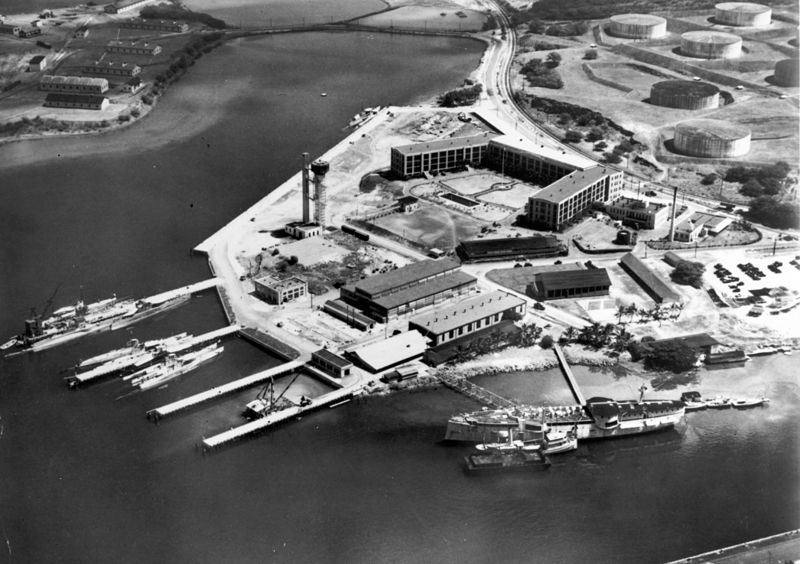
View of the U.S. Navy submarine base at Pearl Harbor in the early 1930s. Note the barracks ship USS Alton (IX-5) in the foreground. Alton was the former protected cruiser USS Chicago (CA-14). It was sold for scrapping in 1936 but foundered on the way to the U.S. West Coast., David Franzen, United States Library of Congress‘s Prints and Photographs division under the digital ID hi0645.photos.219564p , PD-USGov
42. One of the Japanese command’s big mistakes was not to target Pearl Harbor’s Submarine base; four US Submarines were docked at the time. Within a few days, these submarines were sent to the Pacific to get their revenge on Japanese ships.
43. US Submarines accounted for 55% of all Japanese sunk ships during WWII ships.

Sinking of the Japanese destroyer Yamakaze on on 25 June 1942 approximately 110 km southwest of Yokahama harbour, Japan, photographed through the periscope of the U.S. Navy submarine USS Nautilus (SS-168)., U.S. Navy. Post-work Cobatfor, National Archives and Records Administration, cataloged under the National Archives Identifier (NAID) 520769, PD-USGov
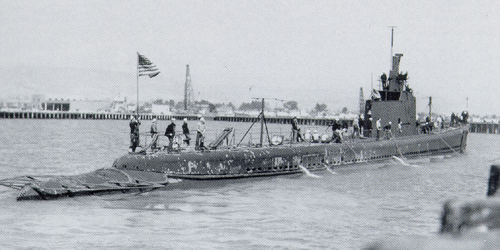
USS Wahoo (SS 238) from US government source, public domain image, Unknown author, Unknown source, PD-USGov
44. Submarine crews had the highest death percentage rates of any US branch of service; 52 US submarines were lost, with 3,500 crew members.
45. USS Bowfin Submarine sunk 13 Japanese vessels with its only 5-inch gun, often their captain did not want to waste a torpedo on a small ship

CLEVELAND (Aug. 28, 2012) Peace time crew members Bob Laczko and Alan Winkler attached with WWII Fleet Submarine USS Cod (SS 224) living history memorial, man the five inch deck gun to give the Royal Canadian Navy ships arriving a gun salute during the Navy’s commemoration of the Bicentennial of the War of 1812 in Cleveland, this celebration is one of 15 signature events planned across America in 2012. The week-long event commemorates the Bicentennial of the War of 1812, hosting service members of the U.S. Navy, Marine Corps, Coast Guard and Royal Canadian Navy. (U.S. Navy photo by Mass Communication Specialist 2nd Class Bryan M. Ilyankoff/Released) , Official Navy Page from United States of America Bryan M. Ilyankoff/MC2, Peace time crew members man the five inch deck gun., PD-USGov
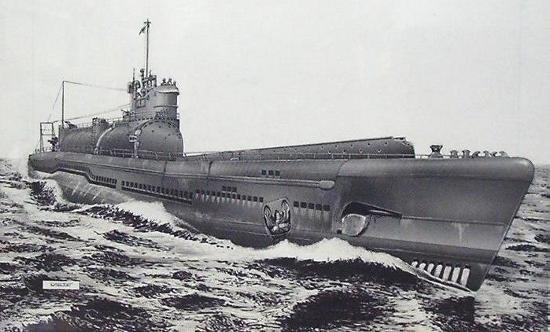
ex-Japanse submarine aircraft-carrier I-400 in US possesion, US Navy artist, http://www.operationstormbook.com/i400_images.html , US-Gov
46. The Japanese had some of the most modern submarines at the beginning of WWII because, in the first World War, each of the Allies (Japan was with the Allied Forces) got eight German-class submarines. Japan copied the basic design of these German submarines and employed thousands of German specialists for five years contracts to build new submarines for them.
47. You can take a self-guided audio tour when you purchase a tour of the USS Arizona Memorial, USS Bowfin Submarine, or the Pearl Harbor Aviation Museum. These tours are fantastic, entertaining, and informative, and it would be a mistake not to take them.
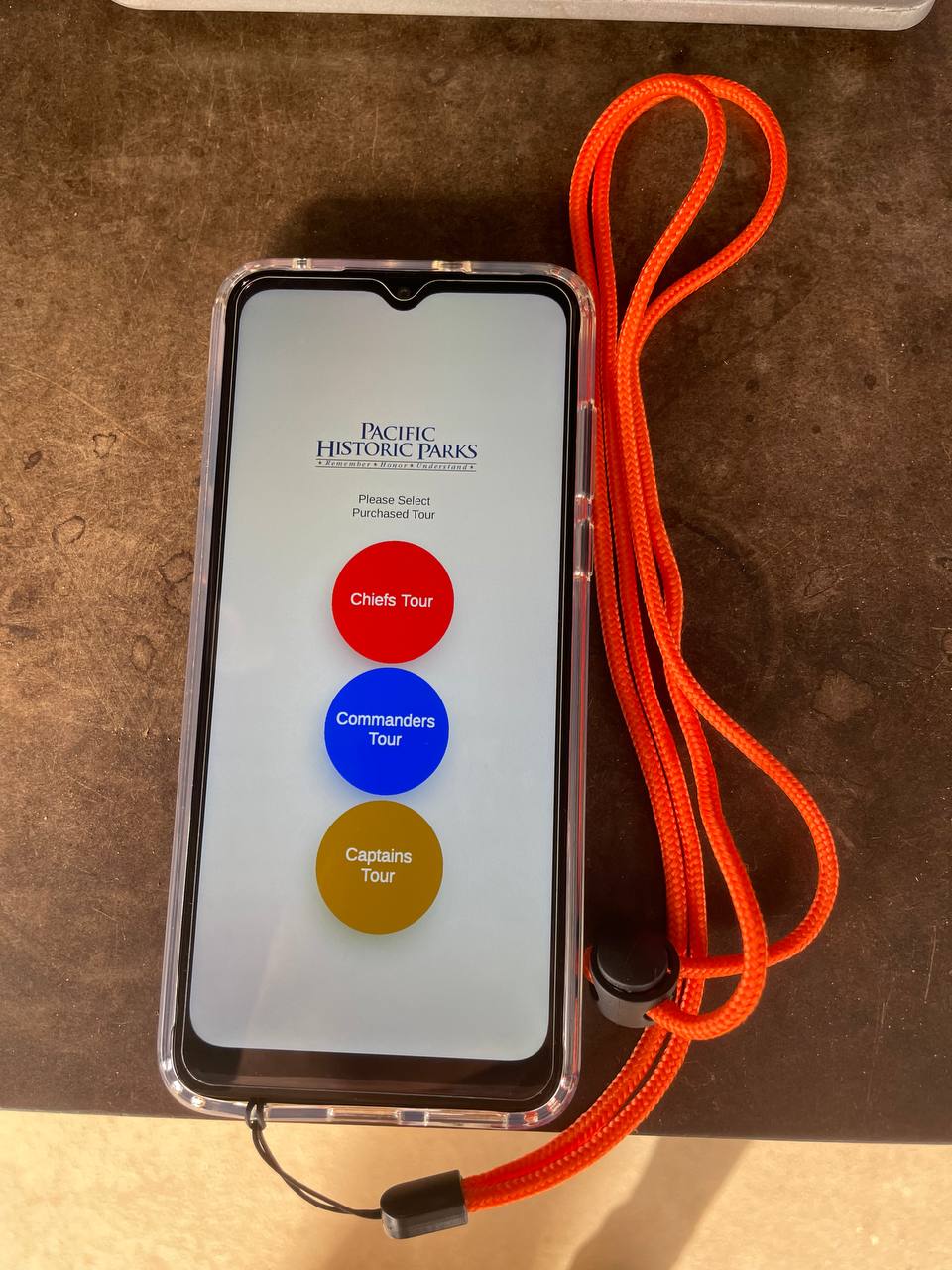
The new Arizona Memorial audio tour is rented out through Pacific Historic Parks. The audio tour includes narration of the exhibits in the two museums “Road to War” and “Attack” as well as on the shuttle to the Arizona Memorial and on the Memorial itself.
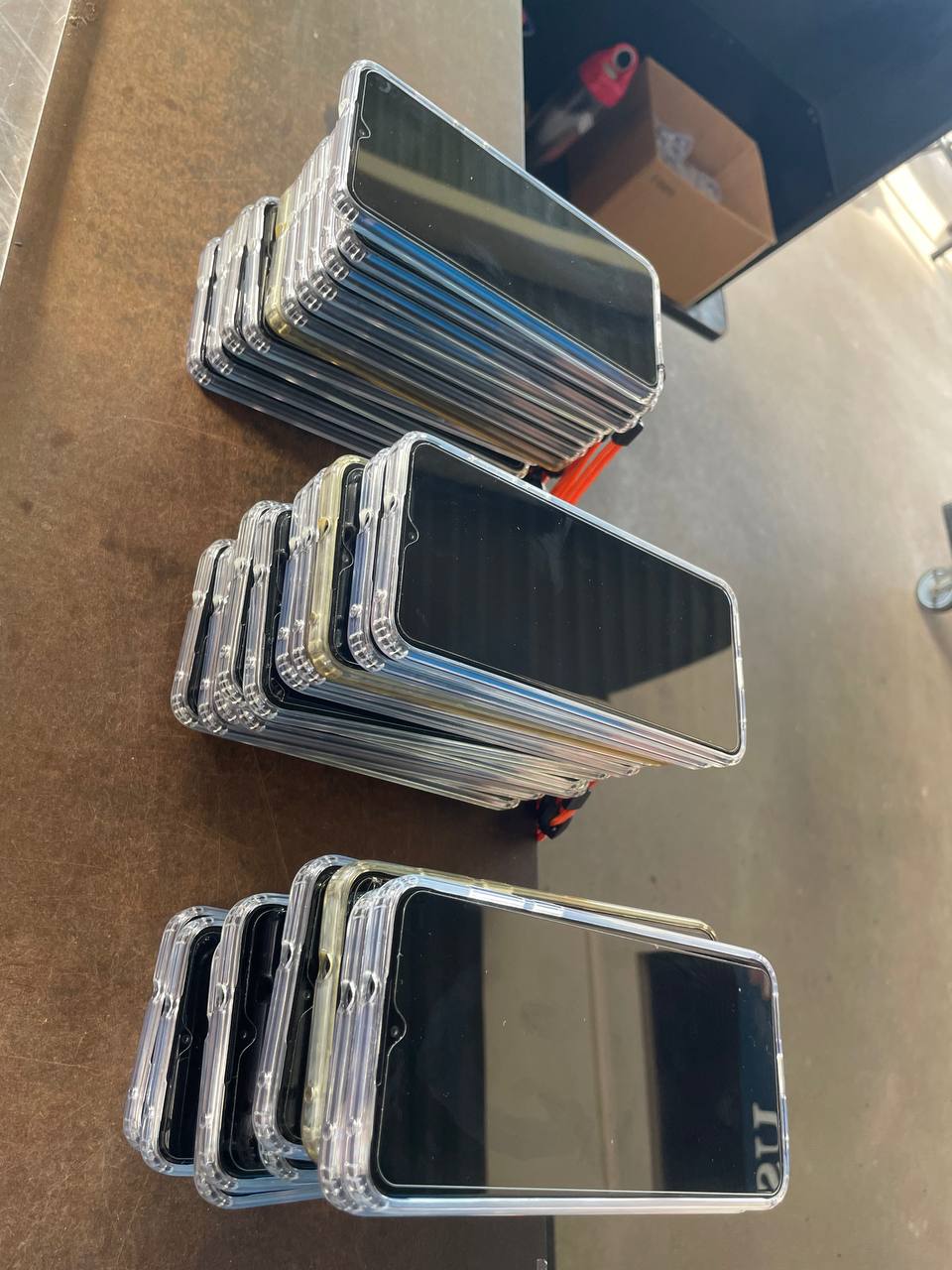
The Arizona Memorial audio sets sitting at the audio desk at the Pearl Harbor Visitor Center. The audio desk has hundreds of audio tours to rent out, but on extremely busy days, they have been known to run out of available sets.
48. The USS Arizona Memorial Audio tour is in nine languages and even translates the National Park Services’ 20-minute documentary movie into the visitor’s language
49. The Japanese launched five midget submarines in their attack on Pearl Harbor in the hopes that they would go undetected into the harbor and sink large US ships. Fortunately, none were successful.
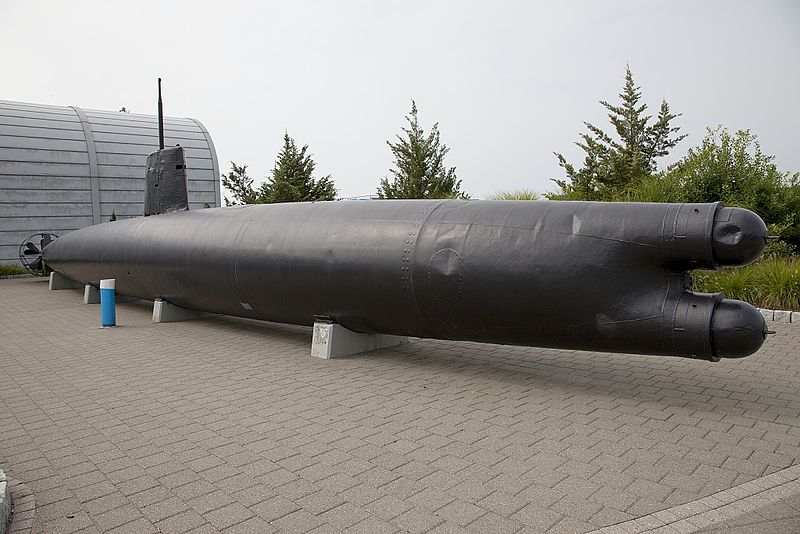
HA-8, Japanese midget submarine, Submarine Force Library & Museum, Groton, Connecticut Identified at http://www.hnsa.org/ships/ha8.htm, Carol M. Highsmith, http://lcweb2.loc.gov/service/pnp/highsm/19200/19201v.jpg, PD-US
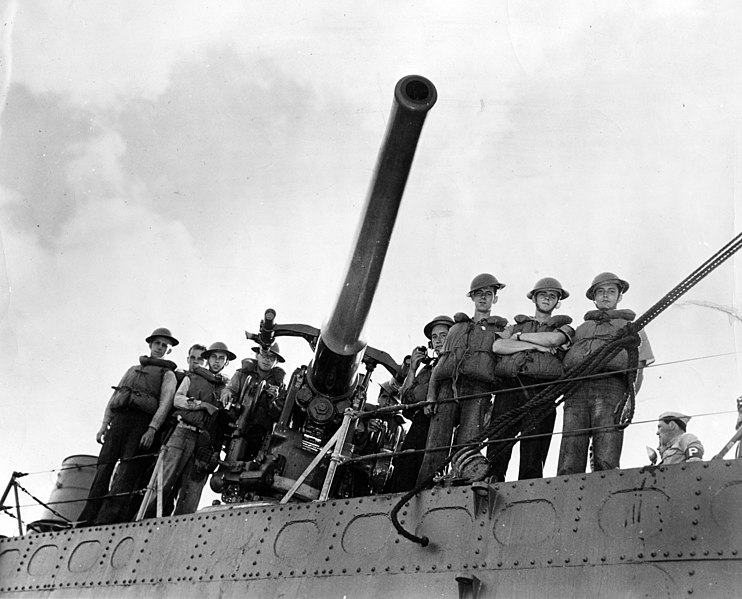
The gun crew of No. 3 gun of the U.S. Navy destroyer USS Ward (DD-139): it was cited for firing the first shot the day of Japan's raid on Hawaii. Operating as part of the inshore patrol early in the morning of 7 December 1941, this destroyer group spotted a submarine outside Pearl Harbor, opened fire and sank her. Crew members are R.H. Knapp - BM2c - Gun Captain, C.W. Fenton - Sea1c - Pointer, R.B. Nolde - Sea1c - Trainer, A.A. De Demagall - Sea1c - No. 1 Loader, D.W. Gruening - Sea1c - No. 2 Loader, J.A. Paick - Sea1c - No. 3 Loader, H.P. Flanagan - Sea1c - No. 4 Loader, E.J. Bakret - GM3c - Gunners Mate, K.C.J. Lasch - Cox - Sightsetter. (quoted from the original 1942-vintage caption) This gun is a 4/50 type, mounted atop the ship's midships deckhouse, starboard side., Unknown author, U.S. Navy photo NH 97446, PD-USGov
50. The USS Ward detected one of the Japanese midget submarines outside the Pearl Harbor entrance and sunk it with her 5-inch guns from 500 yards away, which became the first US action of WWII. This sinking was another missed opportunity by the Pearl Harbor headquarters to sound the alarm of a possible Japanese attack. Three years later, to the day, the USS Ward was sunk by a Kamikaze attack.
51. One of the USS Arizona’s anchors is located in downtown Phoenix, Arizona, at the Wesley Bolin Plaza, 1700 West Washington Street.
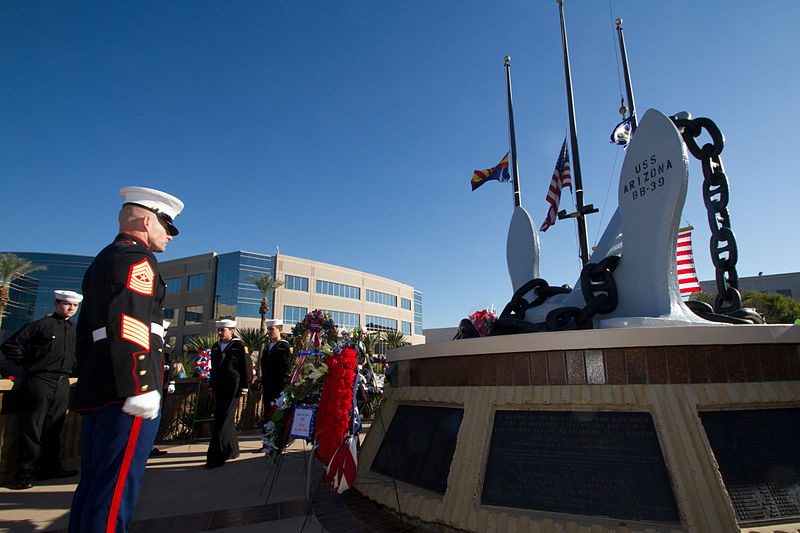
Sergeant Major Jerry Gomes, sergeant major of Marine Corps Recruiting Station Phoenix, honors a wreath after placing it at the base of the anchor of U.S. Battleship, USS Arizona, during the dedication ceremony of a World War II memorial in Phoenix, Dec. 7, 2013. “It is an honor to be the bearer of a wreath honoring our greatest generation and the many Marines and service members who laid the foundation for this country,” said Gomes. The memorial features the names of the military personnel from Arizona who died during the war displayed on steel plates between massive gun barrels from the USS Arizona and USS Missouri. (U.S. Marine Corps photo by Sgt. Tyler J. Bolken), Sgt. Tyler J. Bolken, United States Marine Corps with the ID 131207-M-XK427-973 , PD-USGov
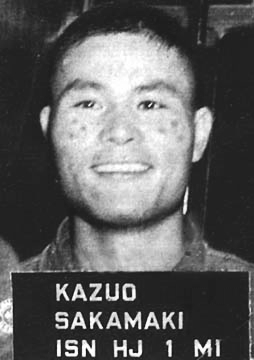
POW #1, Kazuo Sakamaki, burned his cheeks with a cigarette before posing for this booking photograph., US War Dept., http://archives.starbulletin.com/2002/05/11/news/whatever.html , PD-US
52. The first Japanese prisoner of war, Kazuo Sakamaki, was from one of the midget submarines that the Japanese launched at Pearl Harbor on Dec 7th and later ran aground at Bellows Airforce Beach on Oahu.
53. The National Park Service made a giant mistake in its efforts to restore the WWII Bungalows on Ford Island located by the USS Arizona Memorial. Instead of restoring them from the ground up with similar material, they were bulldozed and leveled off their original foundations. When their regional office discovered the bulldozing, it was very embarrassing for the Natural Park Service’s Pearl Harbor Superintendent.
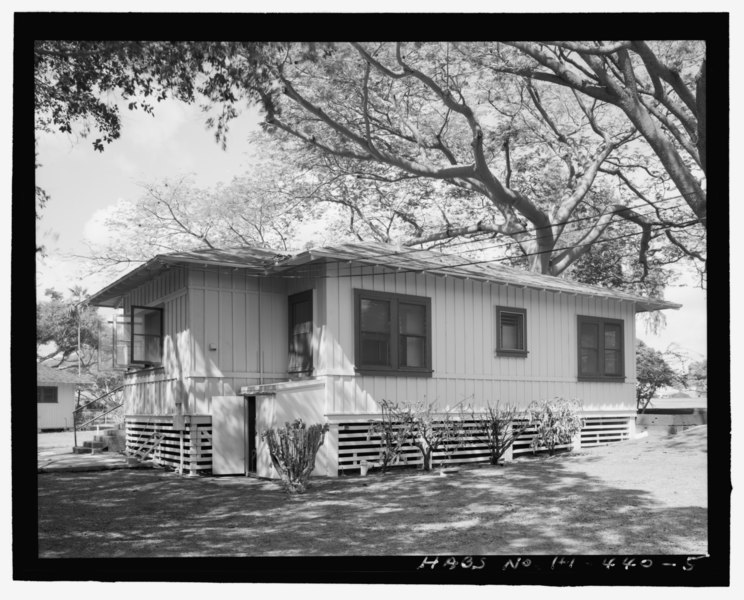
Facility 28, oblique view of rear and side, with Facility 90 to left - U.S. Naval Base, Pearl Harbor, Chief Petty Officer's Quarters, 28 Belleau Wood Loop, Pearl City, Honolulu County, HI Depicted place Hawaii; Honolulu County; Pearl City, Franzen, David, https://www.loc.gov/pictures/item/hi0704.photos.366850p, PD-USGov

54. USS Bowfin Submarine war patrols were at times four months long, most crew members smoked, and they spent days underwater; the captain knew that when the crew’s cigarettes would no longer light, it was time to come up for fresh air.
55. The USS Bowfin Submarine was launched exactly one year after the Dec 7th bombing; the factory workers nicknamed her the “Pearl Harbor Avenger,” and the ship ended up fulfilling its nickname by sinking 44 ships in 9 war patrols, making it one of the most decorated submarines of WWII.
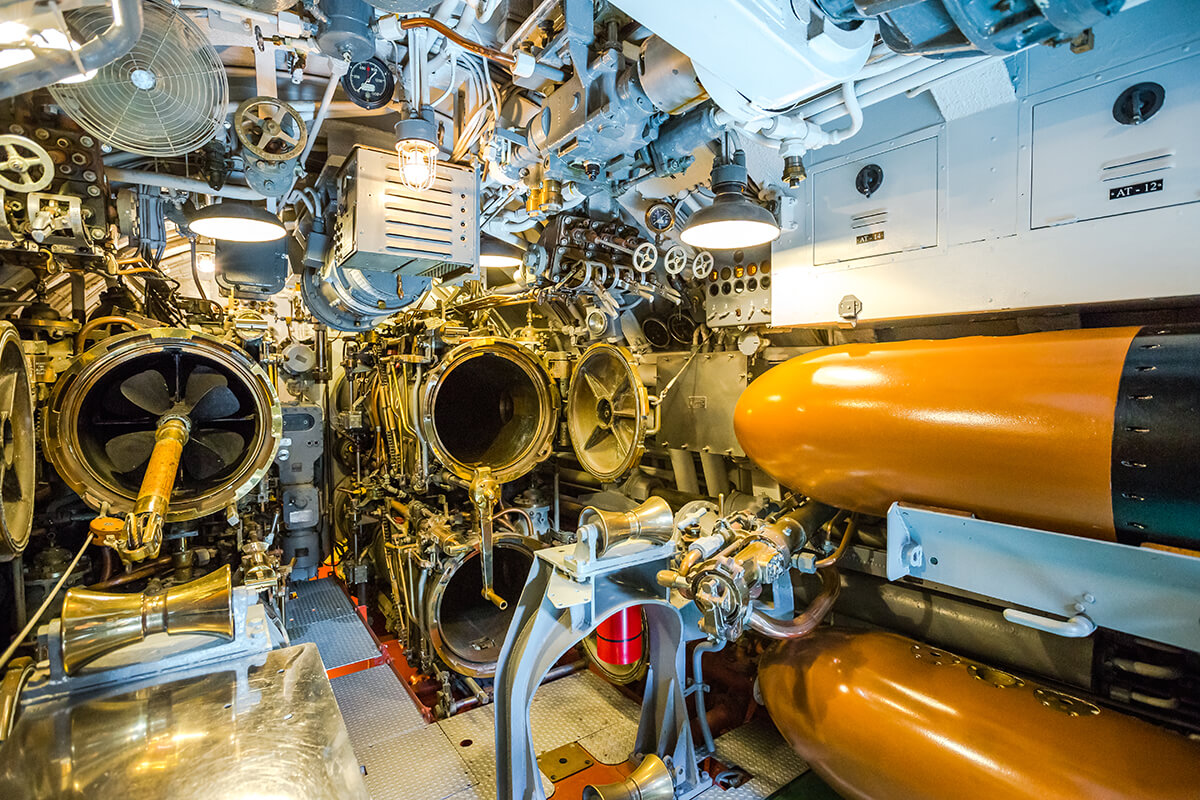
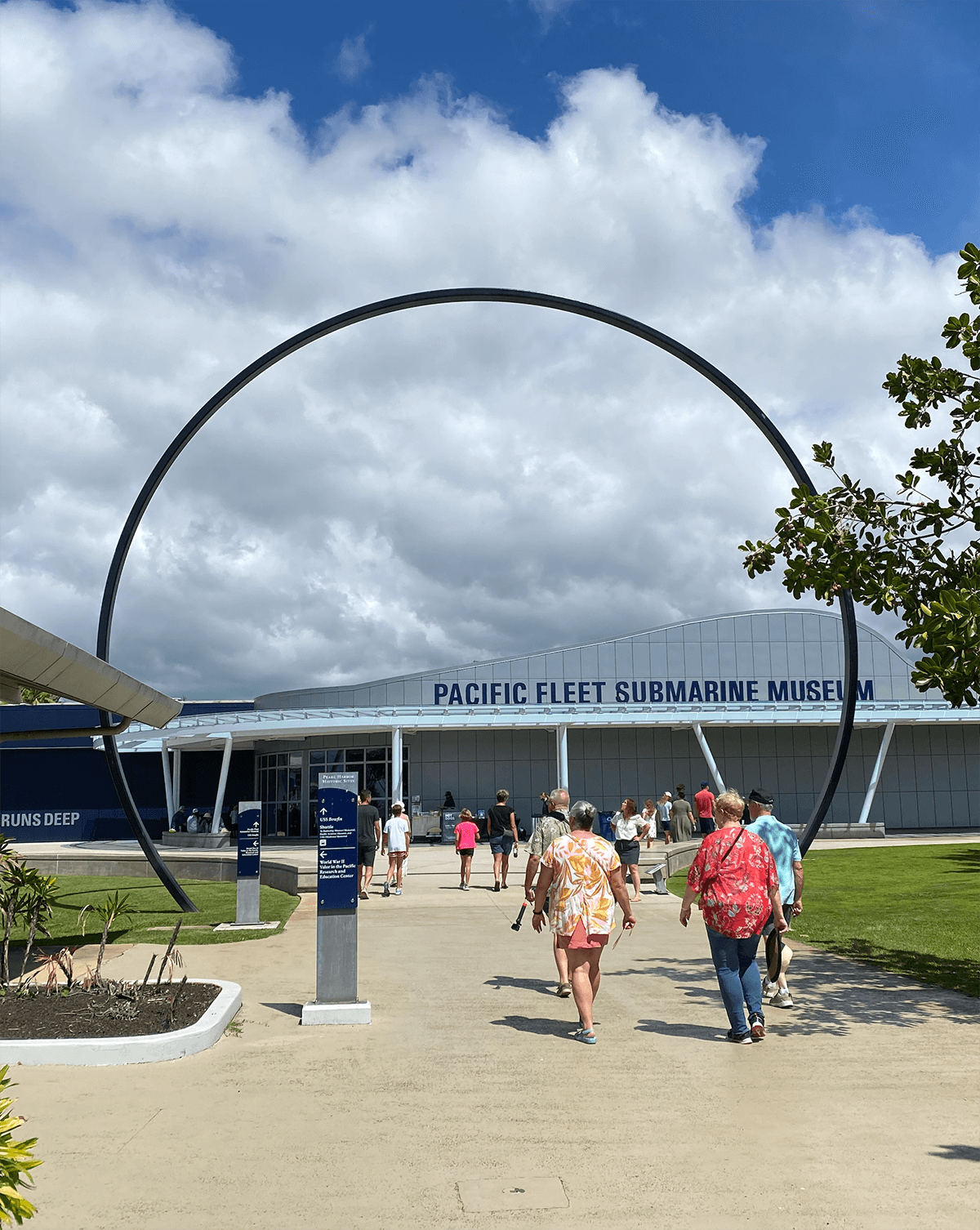
56. The non-profit organization that runs the USS Bowfin has given over $1 million in education scholarships for submarine family members.
57. One of the last things the famous US Senator for Hawaii did, the honorable Daniel Inouye, before he died was to secure $7 million for the USS Arizona Memorial’s new dock.
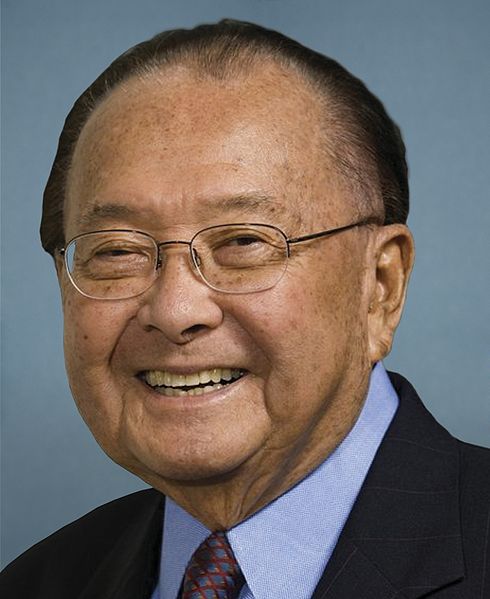
Official portrait of United States Senator Daniel Inouye (D-HI),, United States Senate, http://www.memberguide.gpoaccess.gov/ReadLibraryItem.ashx?SFN=gzJLHEZ48TP0sC/9hqTPbFfywNnDPJYf+QslVExoTFI=&I=1MKI2SYWd4A=, PD-USGov

An anchor from the USS Arizona battleship on display at Pearl Harbor. Another anchor is on display at the State Capitol in Phoenix, Arizona.
58. Each year, the nonprofit organization Pacific Historic Parks gives the National Park Service over 1 million dollars to assist them in staffing, special event costs, educational programs, and general upkeep of the Pearl Harbor Visitor Center and the USS Arizona Memorial.
59. Over 100 Oahu civilians were killed or seriously wounded from friendly fire from Pearl Harbor during the Dec 7th attack.
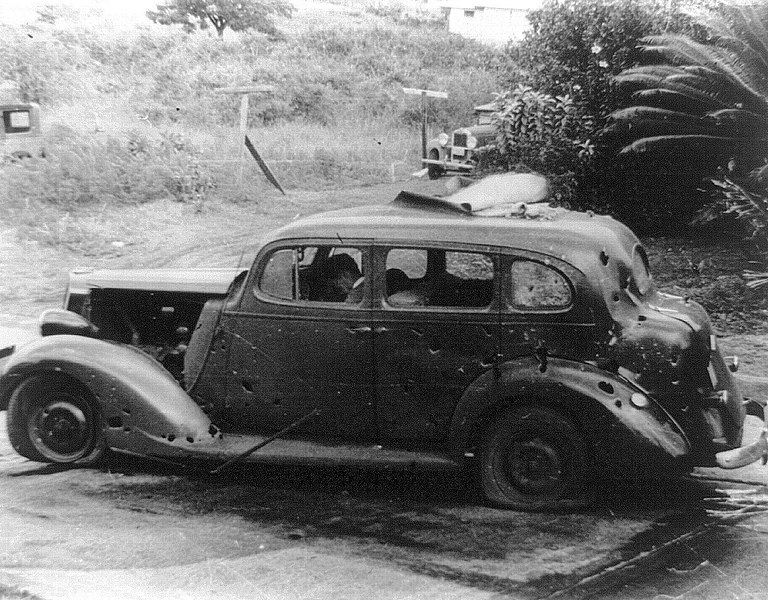
LC-USZ62-92121: Pearl Harbor Attack, 7 December 1941 Three civilians were killed in this shrapnel-riddled car by a bomb dropped from a Japanese plane eight miles from Pearl Harbor on 7 December 1941. The attack took place in a residential district, near no military objective. Note: The above information is entirely from the original December 1941 caption. The actual circumstances: The occupants of the automobile were members of the McCabe family. They lost their lives when a U.S. five-inch anti-aircraft shell exploded nearby while they were driving through Honolulu, en route to their workplaces at Pearl Harbor. Also at the National Archives as 80-G-604950. , National Museum of the U.S. Navy, LC-USZ62-92121 , PD-USGov

An image of the shrine room on the Arizona Memorial. The “Tree of Life” motif is clearly visible. A sculpture with the same Tree of Life is on display at the Visitor Center.
60. A father and son were stationed on the Battleship Arizona at the time of the attack. Unfortunately, both died. The father was Thomas Free, MM1c, and the son was William Free, S2c.
61. A baby girl is entombed on the USS Utah; her father, Chief Yeoman Thomas Wagner, had plans to give her a proper burial at sea and placed her urn in his cabin. Then on Dec 7th, the Japanese torpedoed the USS Utah, and during the action, Chief Wagner was thrown overboard by an explosion and survived the attack. Later he tried to retrieve his daughter’s ashes by the ship was too damaged.

The U.S. Navy target ship USS Utah (AG-16, ex BB-31) capsizing off Ford Island, during the attack on Pearl Harbor, Hawaii (USA), 7 December 1941, after being torpedoed by Japanese aircraft. Photographed from USS Tangier (AV-8), which was moored astern of Utah. Note colours half-raised over fantail, boats nearby, and sheds covering Utah´s after guns., U.S. Navy, Official U.S. Navy photo 80-G-266626 from the U.S. Navy Naval History and Heritage Command, PD-USGov
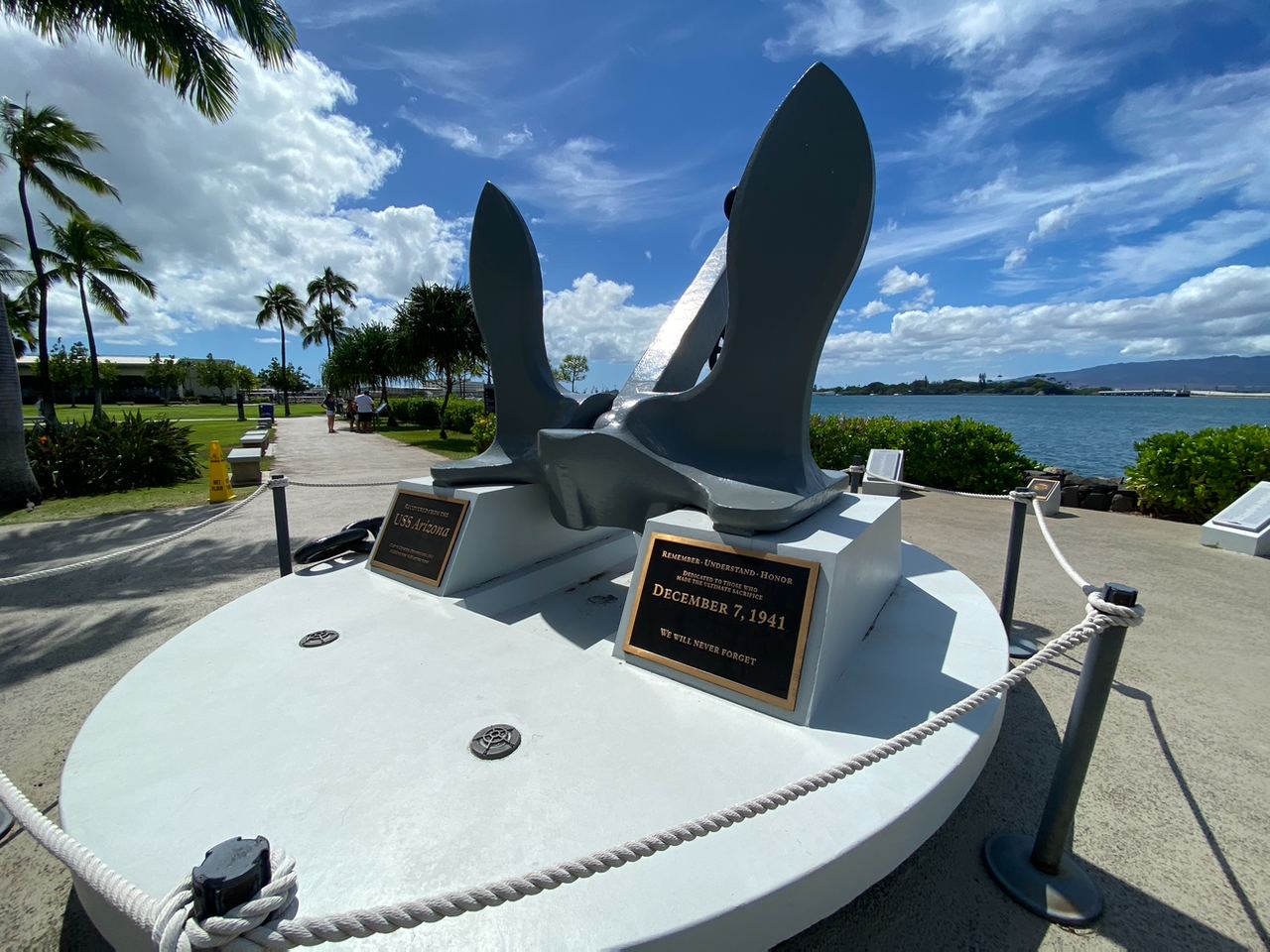
An anchor from the USS Arizona battleship on display at Pearl Harbor. This particular anchor was recovered over 100 feet away from the USS Arizona. It had been thrown there when the battleship exploded.
62. Each year, dozens of Japanese student groups visit the Sadako Sasaki display in the Attack Museum at the Pearl Harbor Visitor Center. They notify the National Park Service in advance that they want to drape the display with 1,000 paper cranes to honor Sadako Sasaki. These cranes are left on display for a few weeks and are given out as free souvenirs at the USS Arizona Memorial Museum Store.
63. Before WWII, the US Navy felt the ships at Pearl Harbor were safe from torpedo attacks because the harbor was too shallow. No one knew that the Japanese Imperial Navy had modified their torpedo so that they could be used against the ships at Pearl Harbor. You can view how the Japanese torpedoes were altered in the Road to War Museum at the Pearl Harbor Visitor Center.
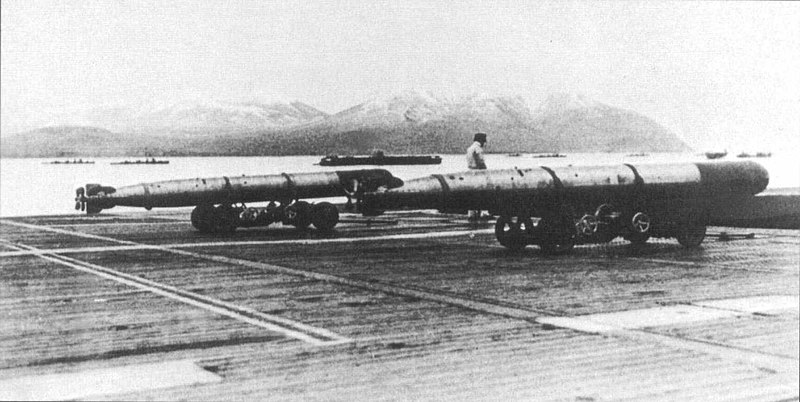
Type 91 Kai 2 torpedoes on Imperial Japanese Navy aircraft carrier Akagi flight deck. The carrier is at Hitokappu Bay in the Kuriles just prior to departing for the attack on Pearl Harbor. The carrier in the background is Hiryū., Unknown author, M.Ferkl. Mitsubishi G4M Betty. — Revi publications, 2002. ISBN 80-85957-09-4. Also: Goldstein, Donald M.; Katherine V. Dillon, and J. Michael Wenger (1991) The Way it Was: Pearl Harbor: The original photographs, Category:New York: Prange Enterprises, Inc. and Brassey's (US), Inc. ISBN: 0-08-040573-8. , p. 13.PD-JPN, PD-US

National Park Service divers hold the cremains of Petty Officer 1st Class Charles Guerin Jr. during an interment ceremony aboard the USS Arizona Memorial. Guerin was a former Sailor stationed aboard USS Arizona during the Dec. 7, 1941 attack on Pearl Harbor., Jay Pugh, This image was released by the United States Navy with the ID 081207-N-0535P-253 , PD-USGov
64. One of the USS Arizona survivors who wanted to be interred on his ship was a bachelor with no family to attend his funeral service. The National Park Service invited their staff on Oahu and the Pearl Harbor Visitor Service employees to participate in the sailor’s funeral ceremony on board the USS Arizona Memorial. A good size crowd attended, and everyone felt proud to join in.
